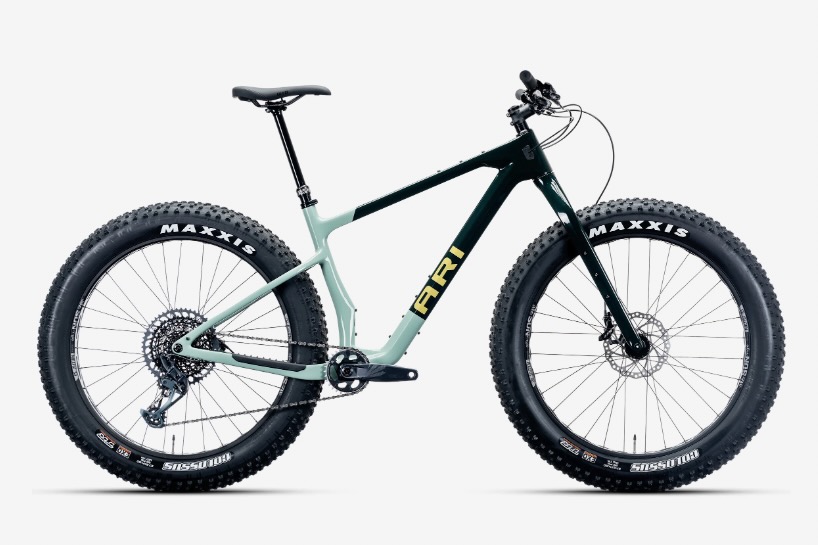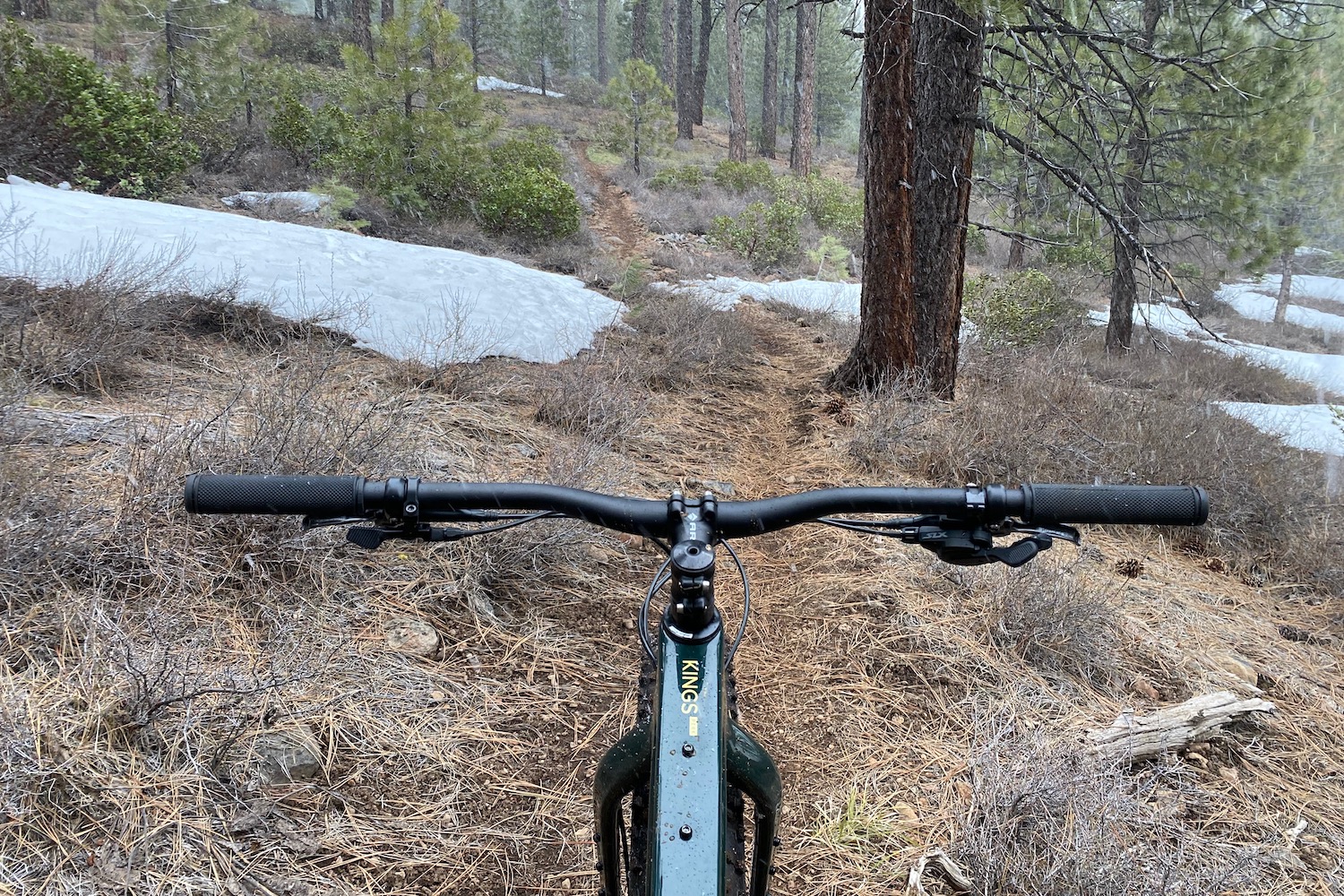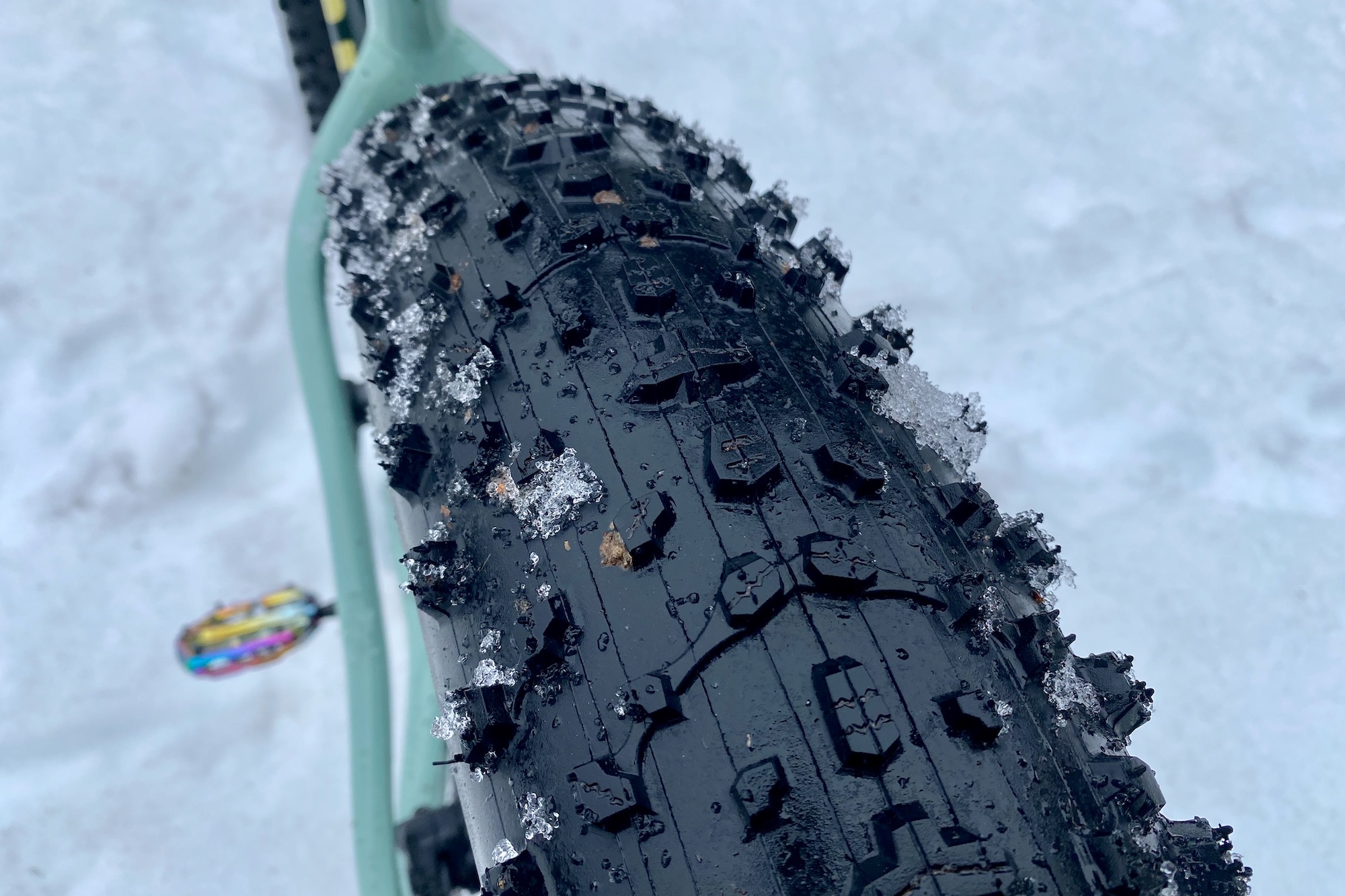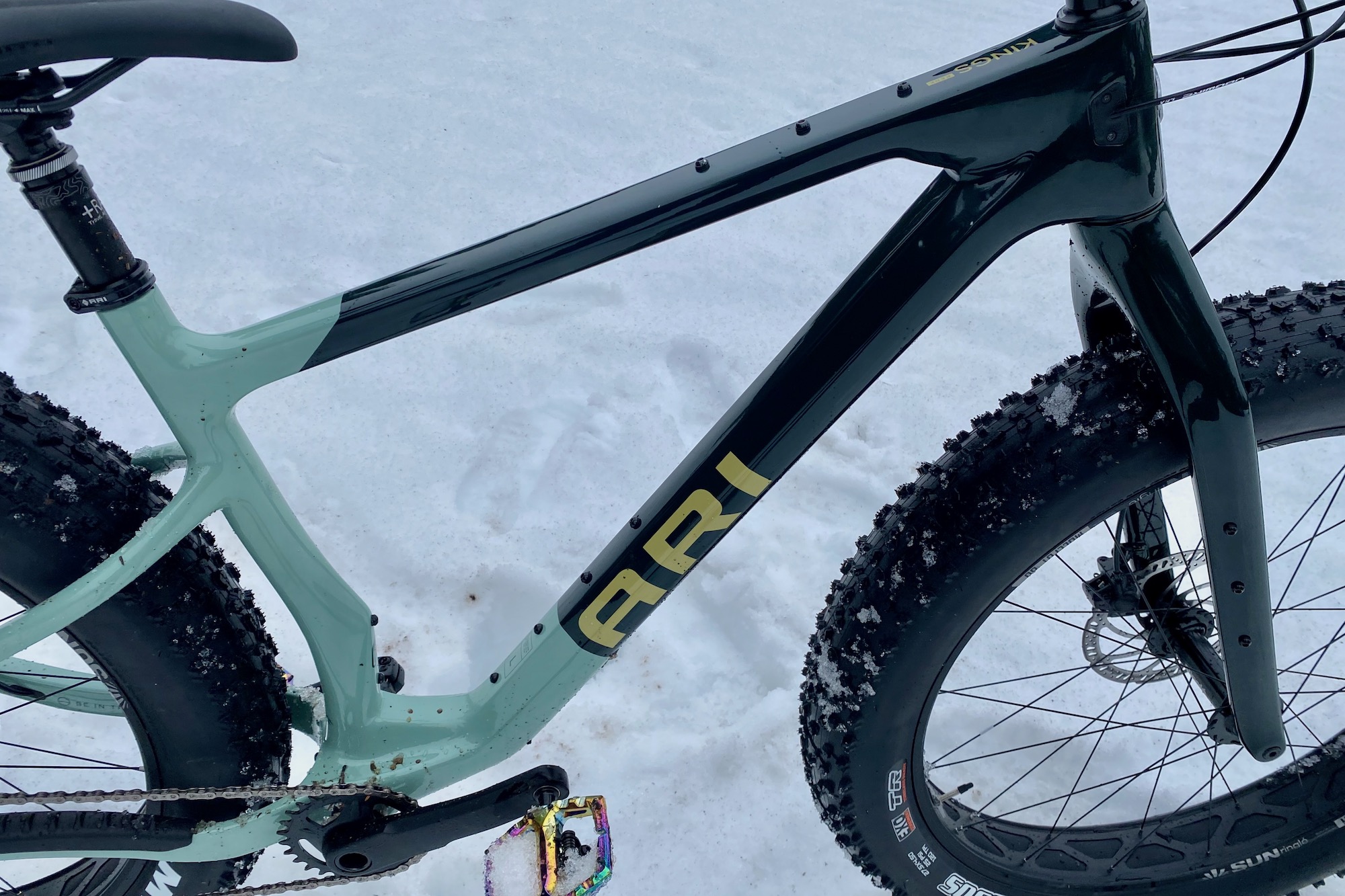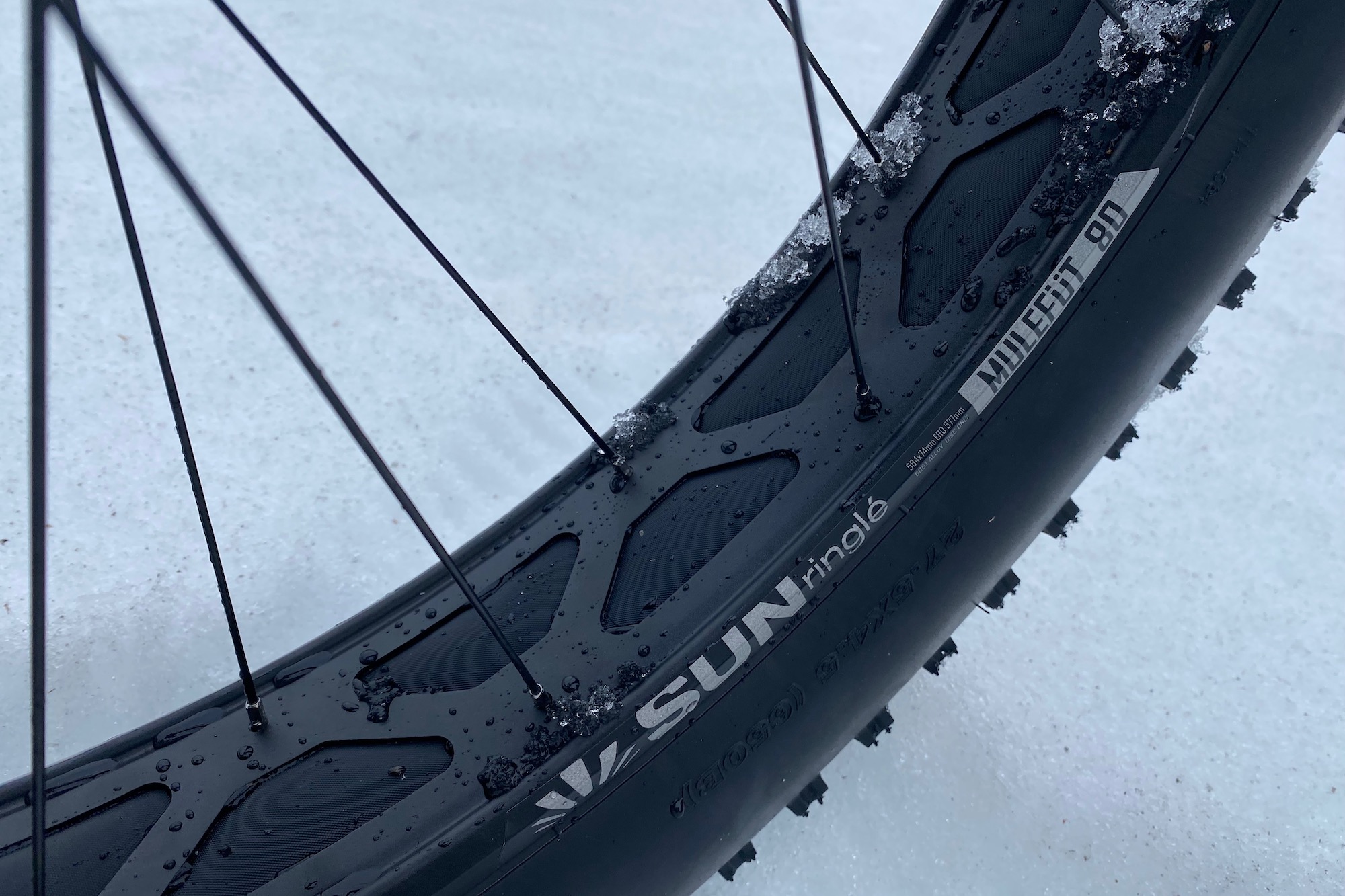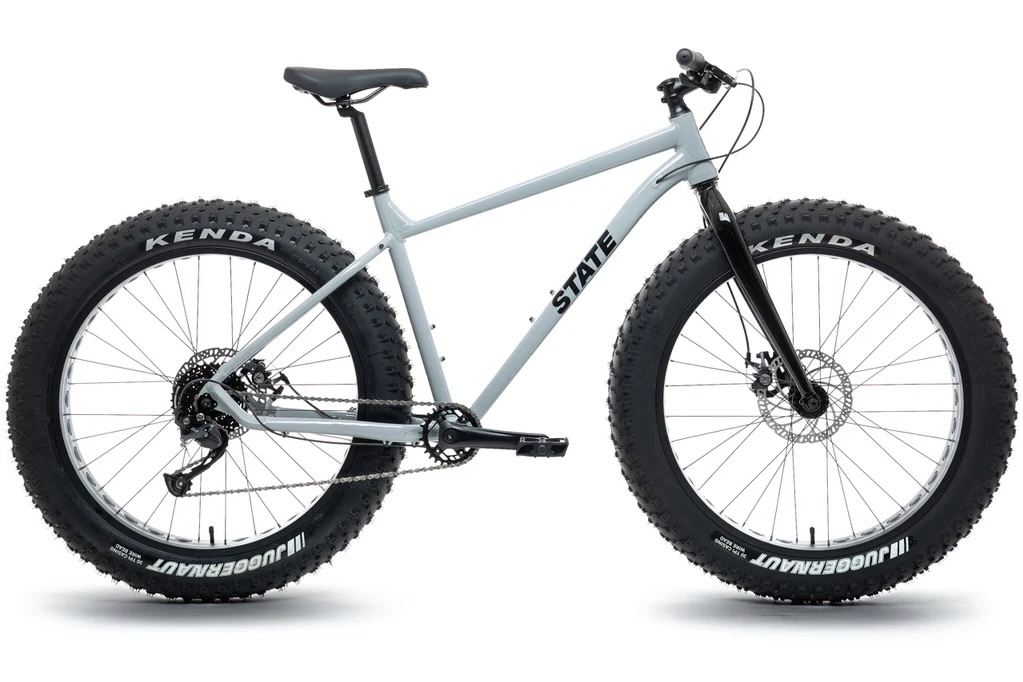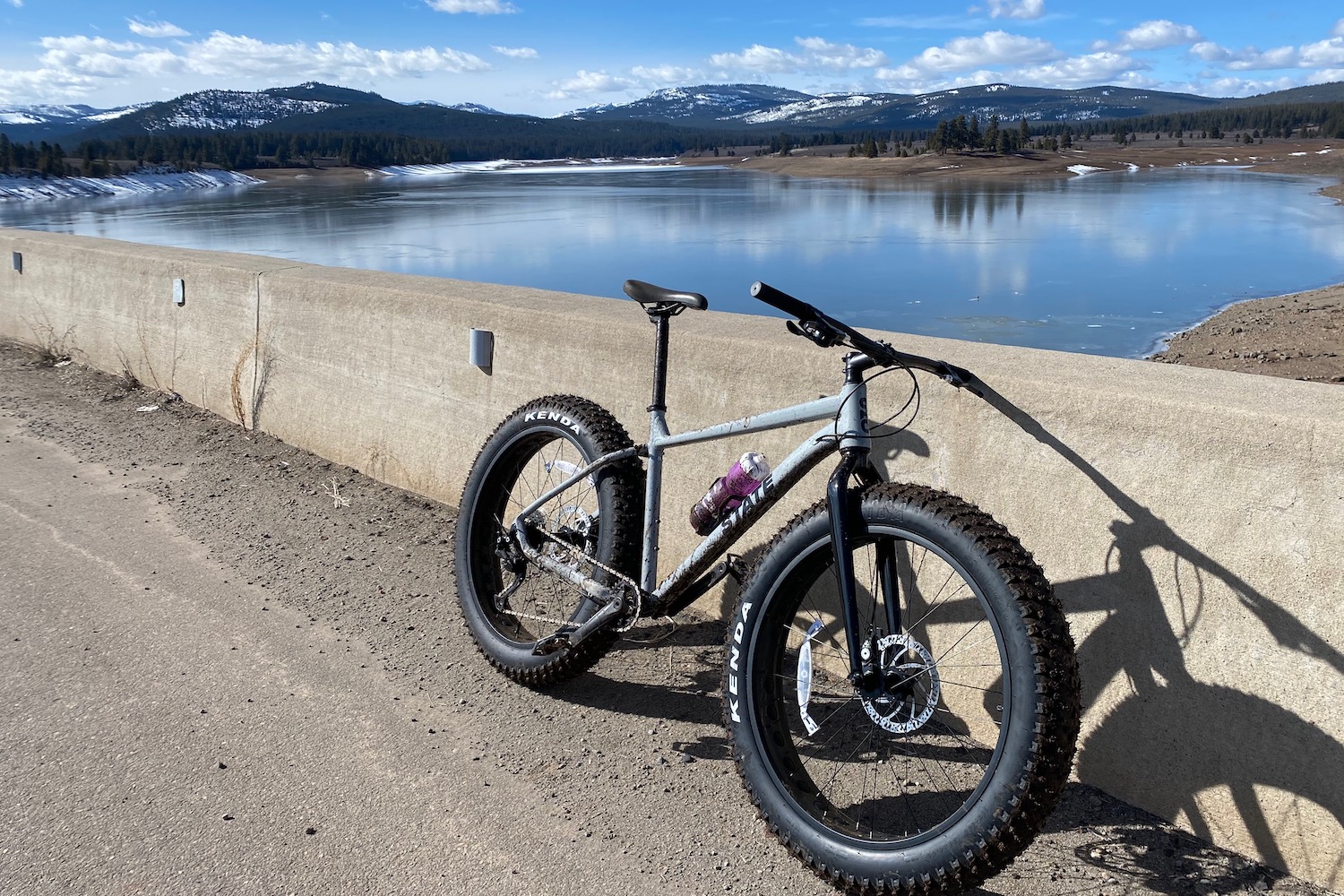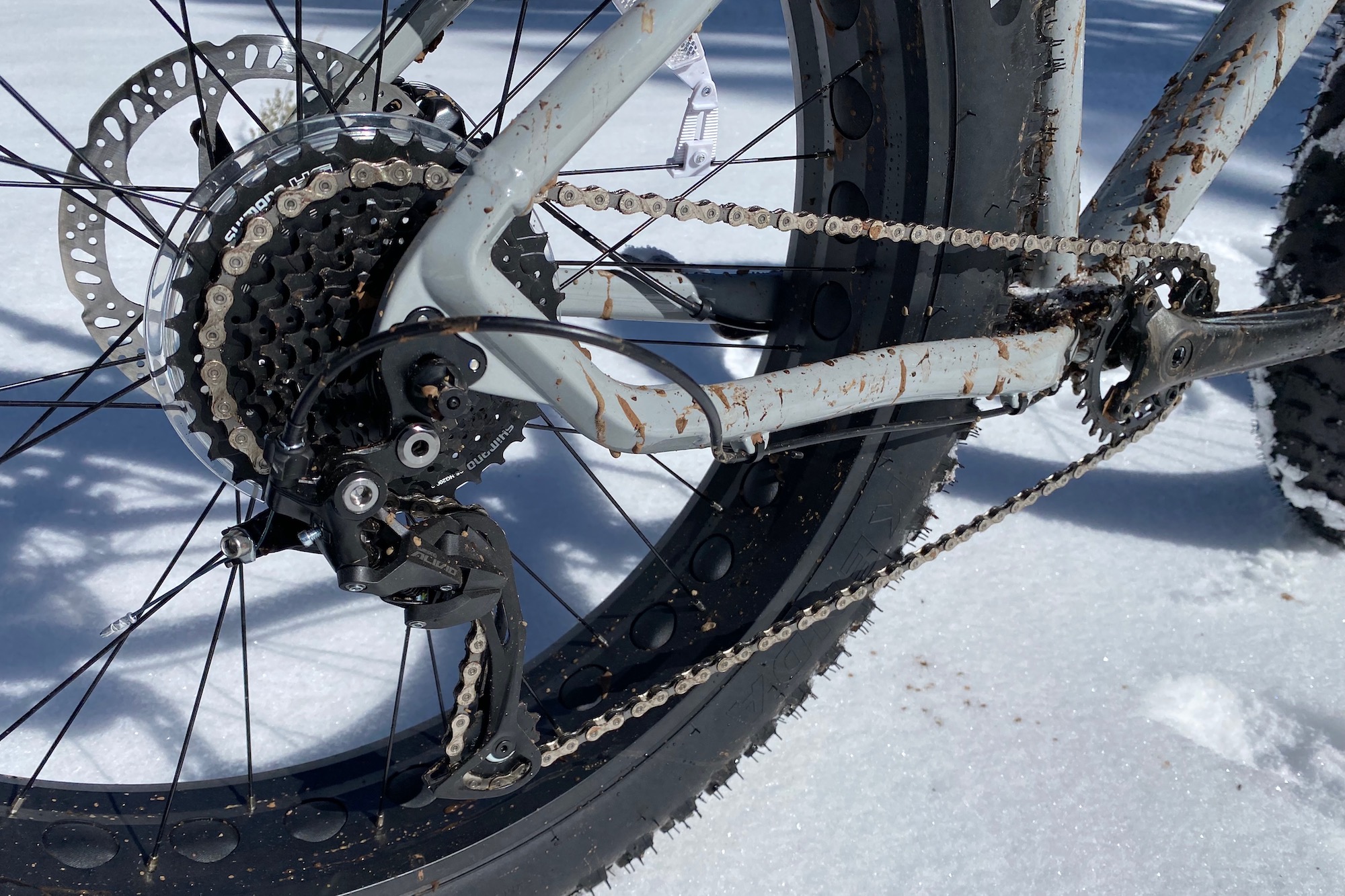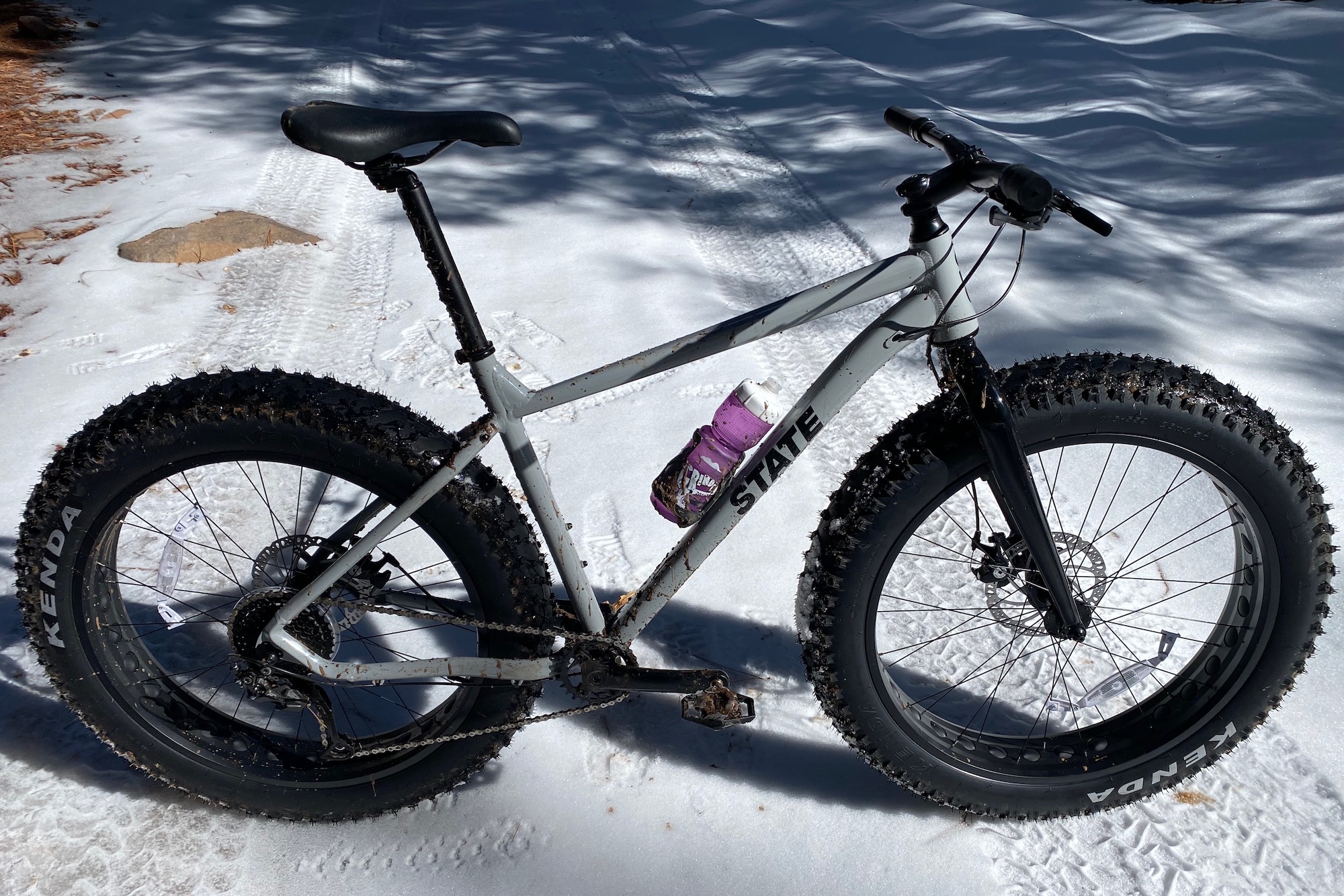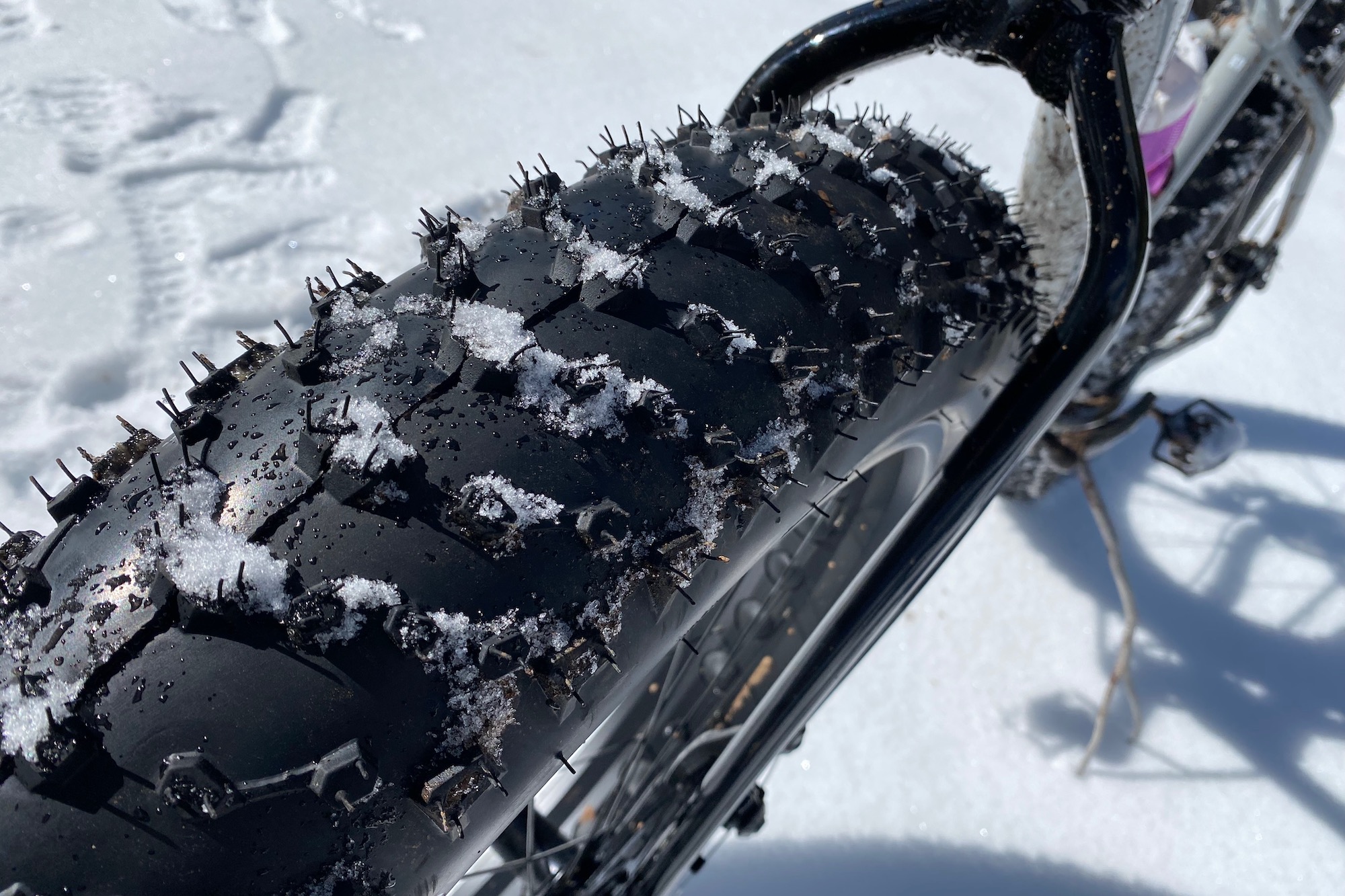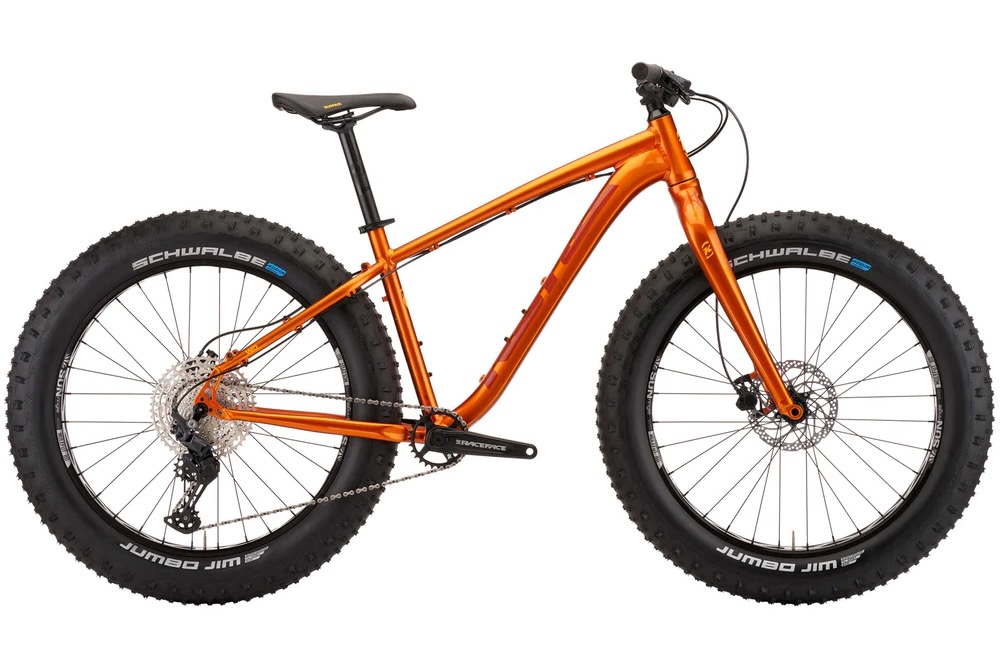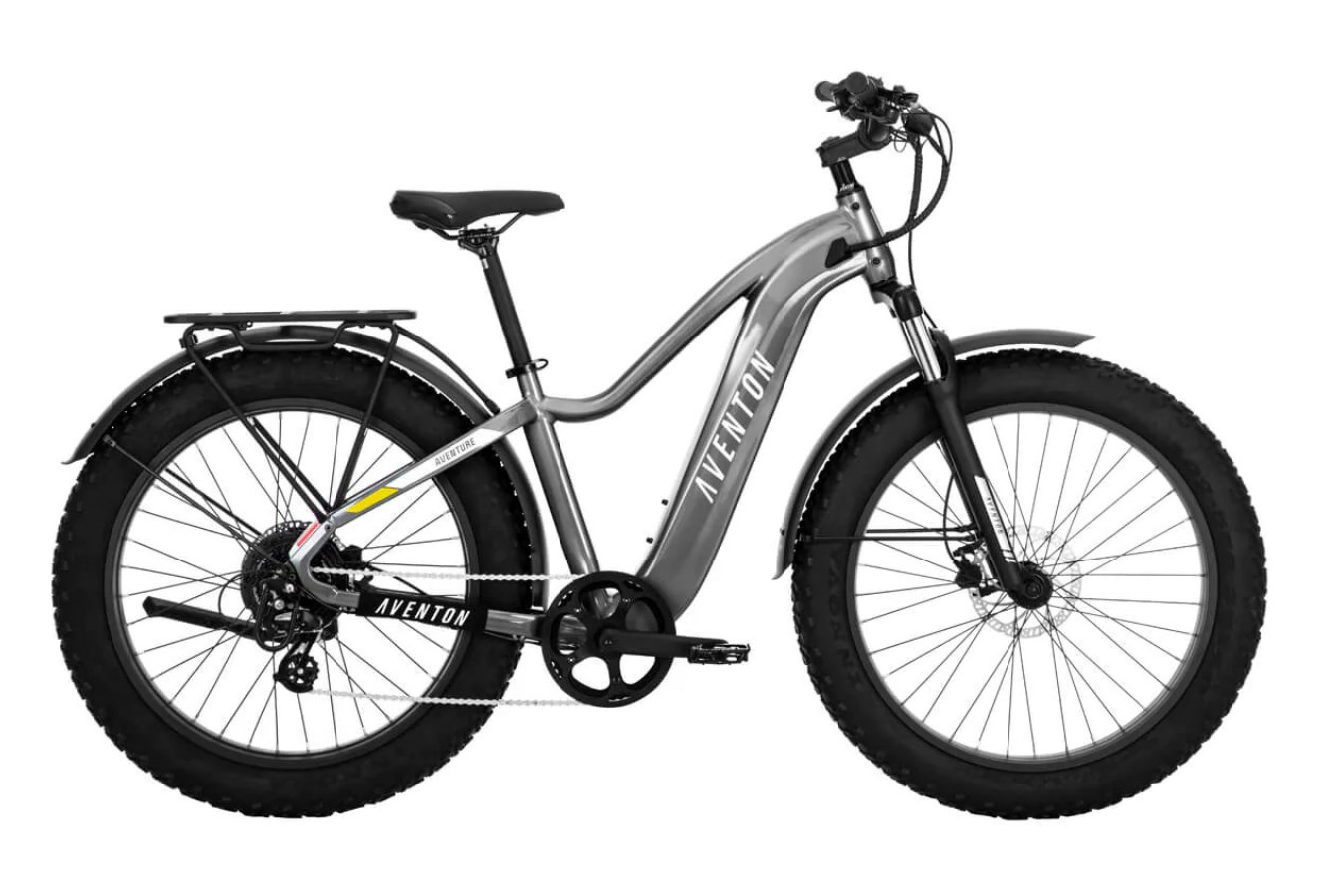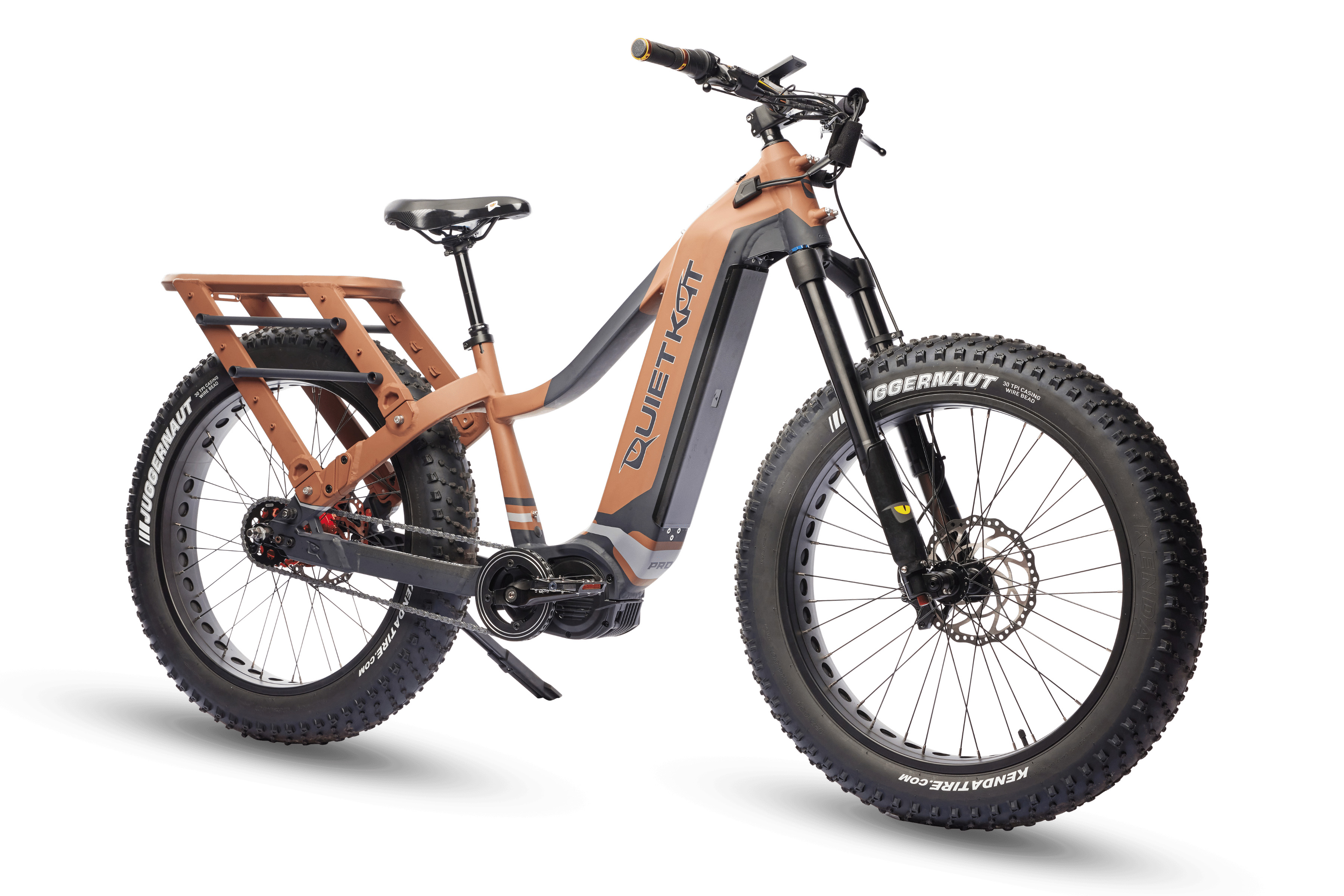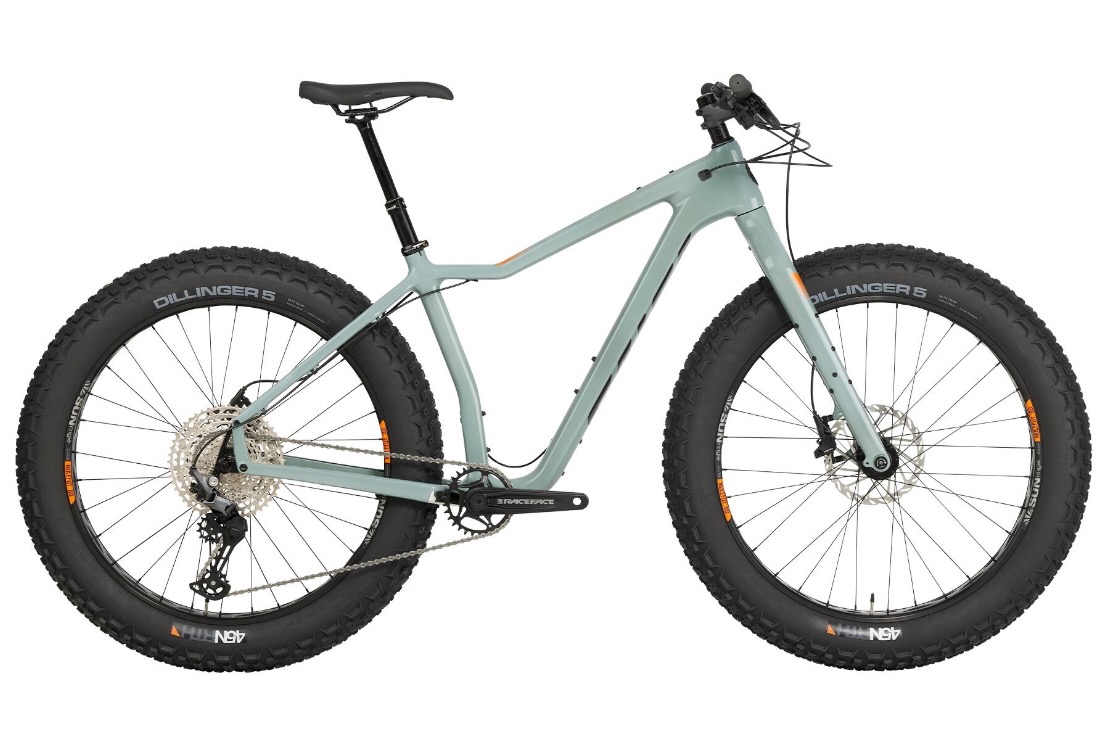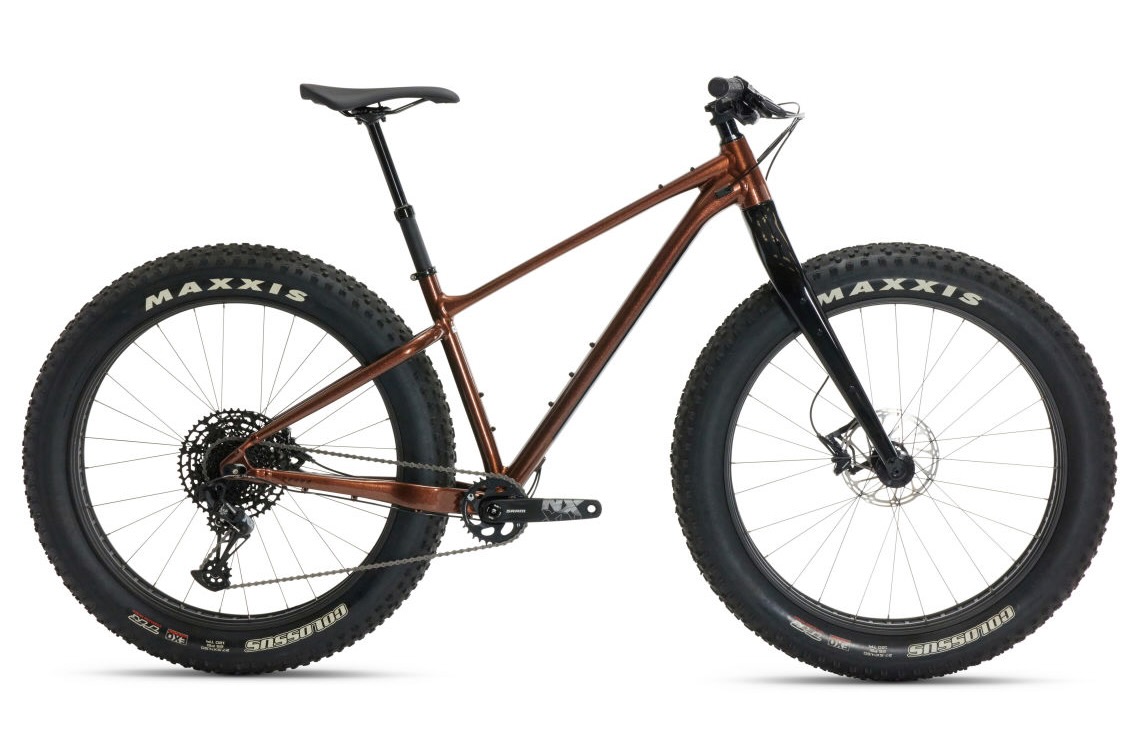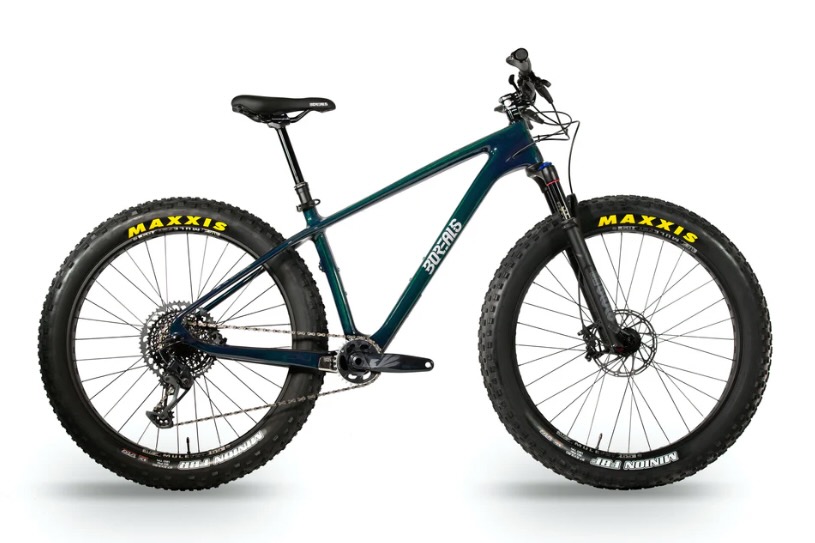For riders who want to extend their bike season or travel surfaces that aren’t traditionally cycle-friendly, fat tire bikes open up a world of possibilities and terrain to explore. Here, we outline the best fat tire bikes for all seasons.
Fat tire bikes are among the simplest forms of mountain bikes, but these days, they come in a range of frame materials, geometries, and builds to suit varying needs and preferences. Rigid frames, suspension forks, dropper posts, non-electric versus electric — there are more options than ever before. This much variety can make it challenging to find the best fat tire bike, but we’re here to help.
Our experts have been testing fat tire bikes for years, and this guide covers 10 of the best models that we’ve tried. Whether you’re looking for something affordable to keep you riding through winter, a versatile option for year-round adventures, or an electric model to take you farther and faster, we’ve got recommendations for you.
Editor’s Note: We updated our fat tire bike buyer’s guide on March 11, 2025, with the addition of the affordable State 6061 Trail+ Fat Bike, a great entry-level option.
The Best Fat Tire Bikes of 2025
Ari Kings Peak
- Frame material: Carbon
- Fork: Carbon
- Wheel size: 27.5" x 4.5"
- Sizes available: S, M, L, XL
Pros
- Great builds at reasonable prices
- Great looking
- Upgrade options when buying
- Confident handling on everything from dirt to snow
- Delivered to your home with minimal setup required
Cons
- Wide Q-factor
State 6061 Trail+ Fat Bike
- Frame material: 6061 Aluminum
- Fork: Aluminum
- Wheel size: 26" x 4.5"
- Sizes Available: S, M, L, XL
Pros
- Affordable
- Solid performance for price
- Not flashy but functional components
- Geometry is comfortable and well-suited to the bike's intentions
- Customization options at checkout
Cons
- Stock seatpost is short
- Heavier weight
- No thru-axles
Kona Wo
- Frame material: Aluminum
- Fork: Aluminum
- Wheel size: 26" x 4.8"
- Sizes available: S, M, L, XL
Pros
- Affordable
- 10-speed drivetrain is reliable and works well
- Neutral handling works well in snow
Cons
- Heavier weight
- No dropper post
- Limited frame and fork mounts
Otso Voytek
- Frame material: Carbon
- Fork: Carbon
- Wheel size: 27.5" x 3.8 (can also run 26" and 29")
- Sizes available: S, M, L, XL
Pros
- Lightweight
- More nimble than most fat bikes
- Narrower Q-factor for more "regular" feel
- Custom configurator allows you to choose parts you want
Cons
- Comparatively limited tire clearance
Aventon Aventure.2
- E-bike Class: 3
- Motor: 750W rear hub
- Battery: 720 Wh
- Wheel x Tire Size: 26" x 4"
- Drivetrain: Shimano 8-speed
- Suspension: 80 mm fork
- Weight: 77 lbs.
Pros
- Very reasonable price
- High weight capacity
- Easy to ride
- Comes with fenders and a rear rack
- Step-over and step-thru frame options
Cons
- Pedal assistance is a little jumpy compared to mid-drive systems
- Shorter range than some other options
Rad Power RadRover 6 Plus
- Frame material: Aluminum
- Fork: 60mm travel RST suspension fork
- Wheel x tire size: 26" x 4.0"
- Eibike class: 2 (top speed: 20 mph)
- Motor: 750W rear hub
- Sizes available: Step-through (5'2" to 6'2")
Pros
- Reasonable price
- Works well on a range of surfaces – paved, gravel, smoother trails
- Comes with lights, fenders, and suspension fork
- Powerful motor
- Good range
Cons
- Not great for rough and rocky trails or use on snow
- Cold temperatures reduce battery life and range
QuietKat Apex XD
- Weight: 70 lbs. without battery
- Motor: 1,000 W VPO mid-drive, 200 Nm torque
- Battery: 2 options: 720 Wh or 1,440 Wh
- Range (claimed): 15 Ah battery: up to 45 miles, 30 Ah battery: up to 90 miles
- Suspension: 120 mm inverted suspension fork
- Wheel x Tire Size: 26" x 4.8"
- Drivetrain: 5-speed internal automatic transmission
- Load capacity: 325 lbs.
Pros
- Super powerful motor
- Front suspension
- Integrated rear rack carries up to 100 lbs.
- Dropper post for better handling
- Internal drivetrain reduces potential for mechanical issues
- 2 battery size options
- 2 frame style options
Cons
- Heavy
- Expensive
Other Fat Tire Bikes We Recommend
- Frame material: Carbon
- Fork: Carbon
- Wheel x tire size: 26" x 4.6"
- Sizes available: XS, S, M, L, XL
Pros
- Adjustable dropouts
- Can work with all three wheel sizes
- Lots of frame and fork mounts for bags, racks, and accessories
- Stable
- Also comes in aluminum for less
Cons
- Not the lightest – especially for a carbon frame
- Only one build option for carbon frame
- Frame material: Aluminum
- Fork: Carbon
- Wheel x tire size: 27.5" x 4.5"
- Sizes available: S, M, L, XL
Pros
- Well-balanced geometry
- Versatile
- Great value
Cons
- Limited frame and fork mounts
- SRAM NX drivetrain
- Frame material: Carbon
- Fork: Rigid carbon or suspension fork options
- Wheel x tire size: 27.5" x 3.8" (works with 26" and 29" as well)
- Sizes available: S, M, L, XL
Pros
- Lightweight
- Agile handling
- Lots of build options
- Fair pricing
Cons
- Geometry seems a tad conservative
Fat Tire Bikes Comparison Chart
| Fat Tire Bike Model | MSRP | Frame Material | Fork | Wheel x Tire Size | E-Bike class | Motor |
|---|---|---|---|---|---|---|
| Ari Kings Peak | $2,699-3,099 | Carbon | Carbon | 27.5″ x 4.5″ | n/a | n/a |
| State 6061 Trail+ Fat Bike | $1,000 | Aluminum | Aluminum | 26″ x 4.5″ | n/a | n/a |
| Kona Wo | $1,300 | Aluminum | Aluminum | 26″ x 4.8″ | n/a | n/a |
| Otso Voytek | $3,195 and up | Carbon | Carbon | 27.5″ x 3.8″ or 26″ x 4.0″ | n/a | n/a |
| Aventon Aventure.2 | $1,999 | Aluminum | 80mm suspension fork | 26″ x 4.0″ | 3 | 750W rear hub |
| Rad Power RadRover 6 Plus | $1,599 | Aluminum | 60mm suspension fork | 26″ x 4.0″ | 2 | 750W rear hub |
| QuietKat Apex XD | $6,350-7,000 | Aluminum | 120mm suspension fork | 26″ x 4.8″ | 3 | 200Nm mid-drive |
| Salsa HeyDay! | $2,899 | Carbon | Carbon | 26″ x 4.6″ | n/a | n/a |
| Giant Yukon 1 | $2,150 | Aluminum | Carbon | 27.5″ x 4.5″ | n/a | n/a |
| Borealis Crestone | $2,199 and up | Carbon | Rigid carbon or suspension | 27.5″ x 3.8″ | n/a | n/a |
Why You Should Trust Us
The team at GearJunkie consists of adventurous folks who love to ride bikes. From mountain to gravel, fat tire, and electric, we know that having the right tool for the job can make the experience more enjoyable and enhance our performance. Testing gear is also our thing, and we’ve been striving to provide our readers with honest and trustworthy product recommendations based on real-world testing and experience for years.
For our fat tire bike buyer’s guide, we’ve combined the knowledge and experience of testers Berne Broudy and Jeremy Benson. Berne is a full-time writer, gear tester, and long-time contributor to GearJunkie. She is a passionate outdoorswoman who enjoys all types of outdoor sports including all genres of cycling.
Hailing from Vermont, Berne trades skinny tires for fat bike treads every year when winter takes hold. She has been testing and reviewing them since 2021. In addition to fat bikes, Berne has tested a huge range of other gear including backcountry skis, mountain bikes, electric chainsaws, bike racks, and rooftop tents.
Jeremy Benson is an editor at GearJunkie and has been professionally testing and reviewing bikes of all kinds for the past 8 years. He is an obsessive mountain and gravel bike rider and racer who does everything he can to maintain his fitness through the winter months without riding indoors.
Living in the mountains of California, he took to riding fat bikes years ago. In the past 6 years, Benson has tested over 15 different models of non-electric and electric fat tire bikes for various online publications. He has also contributed to numerous other buyer’s guides, including hitch bike racks, bike repair stands, and mountain bike grips.
How We Tested Fat Tire Bikes
This buyer’s guide is the result of several years of real-world testing and personal experience. After researching the best fat tire bikes on the market, we rounded up our selection of 10 models and took them to task on everything from groomed nordic trails, snowmobile tracks, ribbons of dirt singletrack, fire roads, bike paths, and paved roads.
Each model was tested for months of real-world use to identify its strengths and weaknesses while examining important characteristics like handling, geometry, components, and, most importantly, how they perform when the rubber meets the snow, dirt, and sand.
For the electric models, we also considered their motor systems, battery capacities, e-bike controls, top speed, and features while testing their range and performance on a wide range of surfaces.
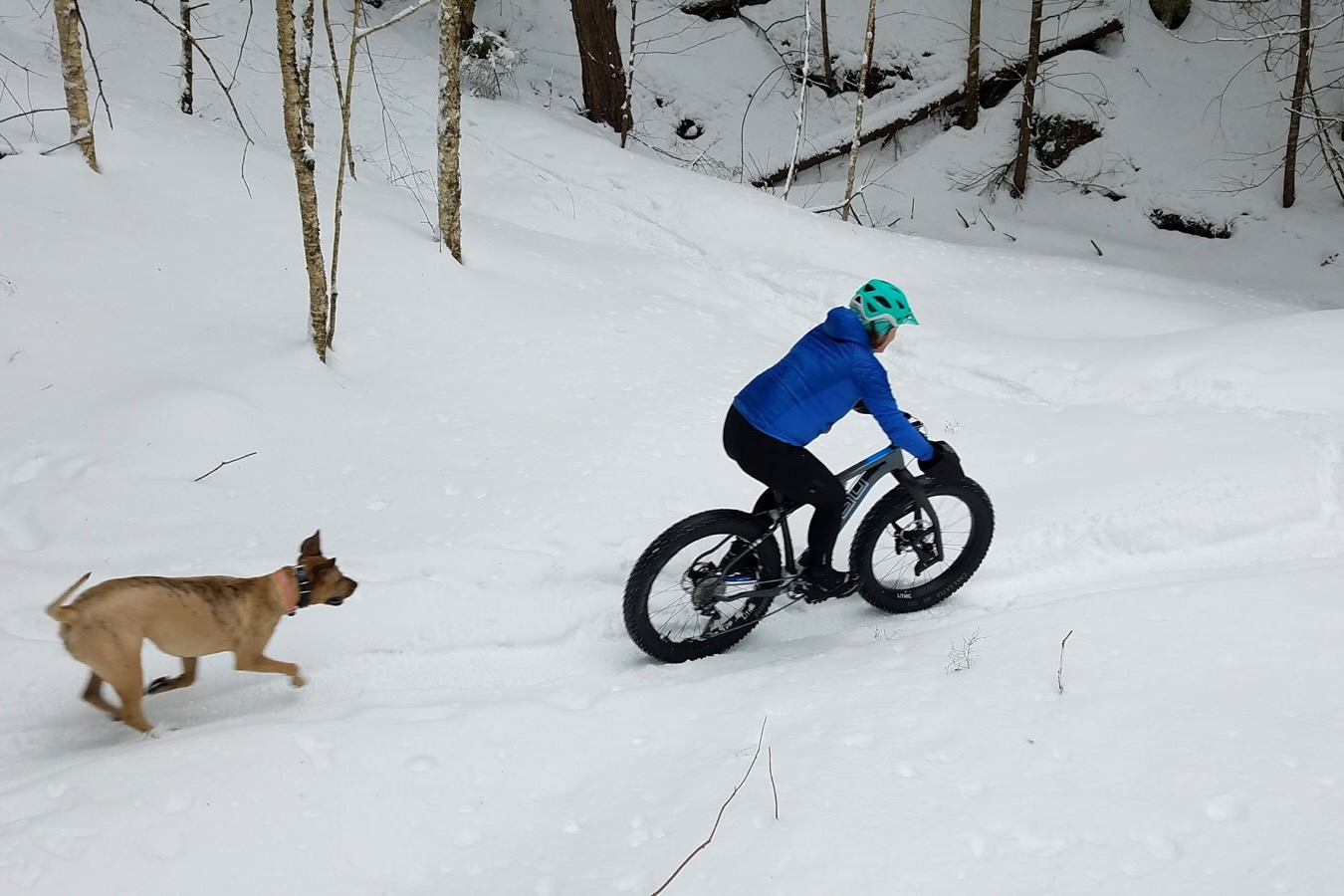
Buying Guide: How to Choose a Fat Tire Bike
Though humans have been riding on wide-wheeled bikes over snow and sand for a long time, modern fat tire bikes are a relatively recent addition to the cycling world. In the 1970s and ’80s, some riders handcrafted “fat bikes” by welding two or three rims side by side to increase surface area contact with the ground.
Now, fat bikes are a common sight in just about any mountain town. Iconic bikepacking routes such as the Alaska Highway are seeing more fat bike traffic than ever before.
The benefits of fat bikes are simple, obvious, and totally rad. Fat bikes can ride on snow, mud, and sand, accessing terrain that other bikes cannot. With a trusty fat bike, your cycling season can extend into the cold, snowy winter months or provide the ability to travel across surfaces that have previously been off-limits.
As fat bikes become more popular each passing year, more manufacturers and models are introduced to the market. While this increase in options is great for consumers, it also complicates the selection process.
From carbon components to front-suspension forks, non-electric to electric, and even your intended use, there are many factors to consider when making a fat bike purchase. Additionally, fat bikes represent a major financial investment, so you want to be sure you’ve made the best possible choice.
In this handy guide, we’ll explain the key considerations that should go into any fat bike purchase.
Frame: Materials and Sizing
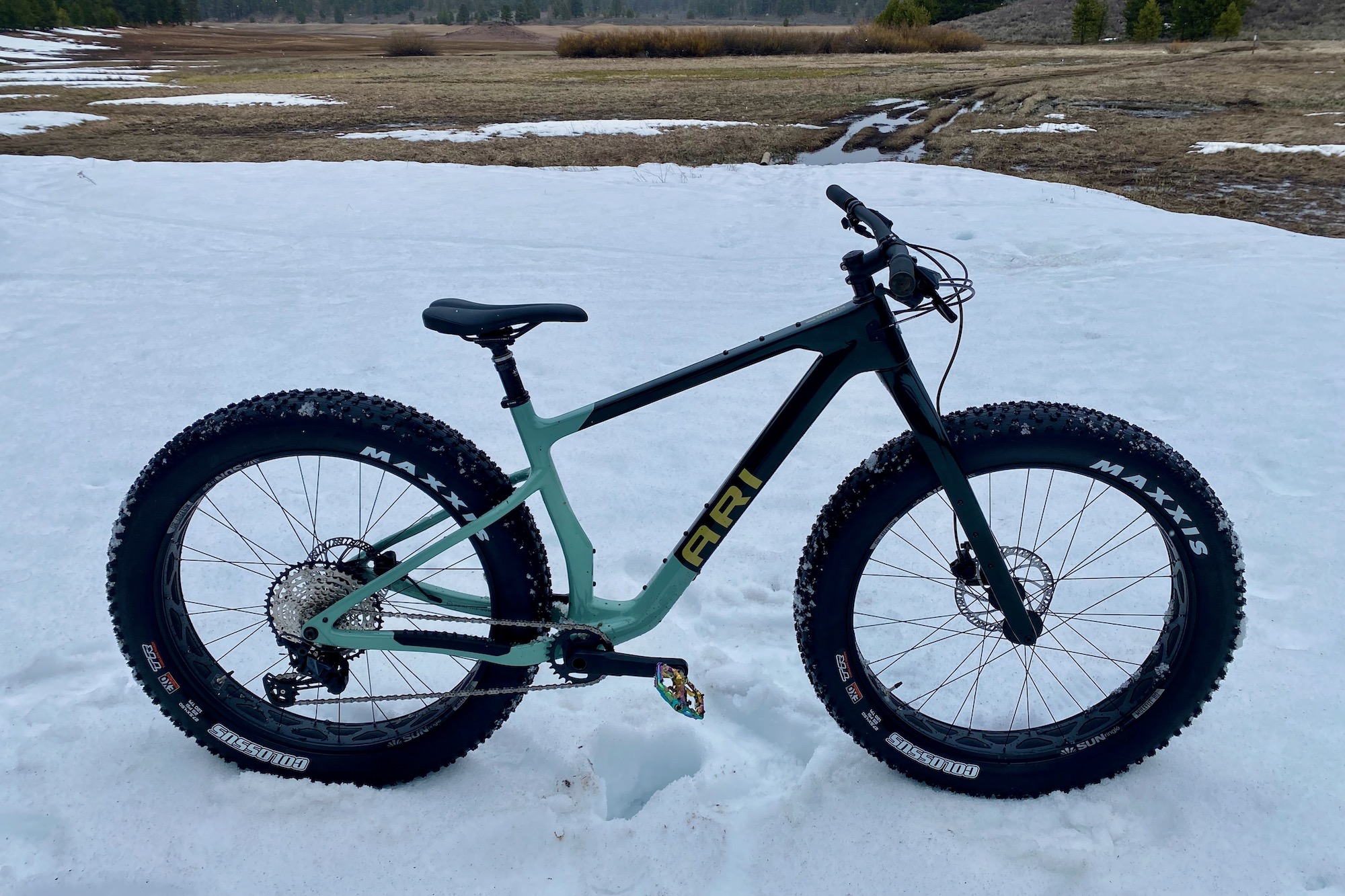
Most fat bike frames are made from either carbon fiber, aluminum, or steel, and sometimes titanium. All material options have pros and cons, though carbon fiber is generally considered the premium frame material for fat bikes.
Carbon is much lighter than aluminum or steel, which can significantly improve speed and responsiveness. However, improved performance comes with a cost, and carbon frames are quite a bit more expensive than steel or aluminum. Similarly, titanium is also expensive but it looks incredible and provides a better ride quality than aluminum or steel.
Just like any other bike, the size of a given fat bike refers to the dimensions of its frame. Because overall comfort is a key consideration when picking a bike, fit and sizing are somewhat subjective.
We recommend choosing the most appropriate frame size for your height, and the manufacturer’s geometry and sizing charts are a great place to start. A frame that is too small can decrease stability and mechanical efficiency. A frame that is too large may be uncomfortable and difficult to handle.
Every fat bike manufacturer will have a slightly different sizing system. Whenever possible, we recommend you try out the bike in person to ensure that the frame is the correct size for you.
Wheels and Tires

Depending on your local terrain, a fat bike may be all you need to absorb the bumps in the trail, regardless of the season. Most fat bikes come with aluminum rims, which are relatively cheap and easy to manufacture. However, if you’re looking to maximize performance and minimize weight, carbon rims are an upgrade that may be worth the investment.
Compared to road and mountain bikes, fat bikes have super-wide rims. The wider the rim, the wider the tire you can fit on it. The wider the tire, the better you’ll be able to float across soft surfaces like snow and sand. Most fat bike rims are between 65mm and 90mm wide.
Many fat bikes can run multiple different wheel sizes and tire options. Most bikes that can accommodate varying wheel sizes have an adjustment that lets you reposition the rear wheel to maintain the ride feel when you switch wheel sizes.
If fat tires have too much drag for your taste, purchase a second wheelset and some narrower tires, and your fat bike can be transformed according to the conditions or your specific needs. It is important to note that the maximum tire width a frame can handle usually changes when the wheel size changes.
Fat bike tires come in a wide range of styles. For muddy conditions, look for a knobby tire with deep tread. In urban environments, a smoother tread will be most efficient. If you know you’ll be encountering icy conditions on the trails or on your daily commute, studded tires can be a huge benefit.
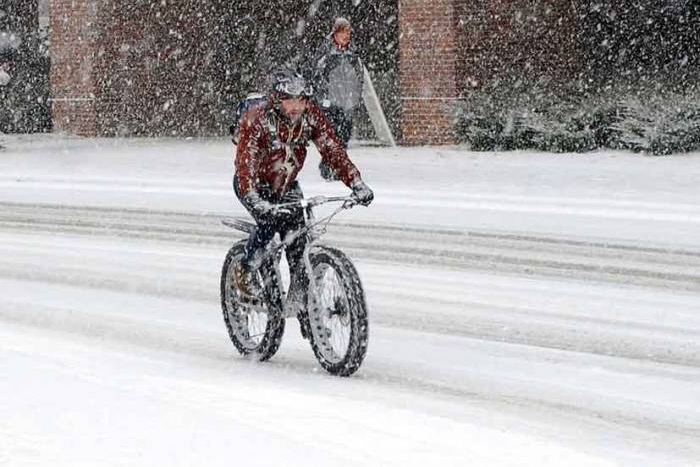
It’s important to remember the signature soft and bouncy feel of fat bikes is a result of their high-volume tires. Because most fat bikes don’t have much (or any) built-in suspension, soft tires are essential for a comfortable ride. Your fat bike tires are kind of like the struts on a car — they’re built to absorb impact and conform to the surface to provide stability and grip.
Compared to road and mountain bikes, fat bike tires require low air pressure. For general trail riding, stick to somewhere around 12-15 psi. Of course, you can always adjust your tire pressure depending on what kind of surface you’re riding on. Riding on snow, tire pressures below 10 psi are often necessary to get the best traction. Don’t be afraid to experiment to find what works best for you and the conditions
Non-Electric vs. Electric
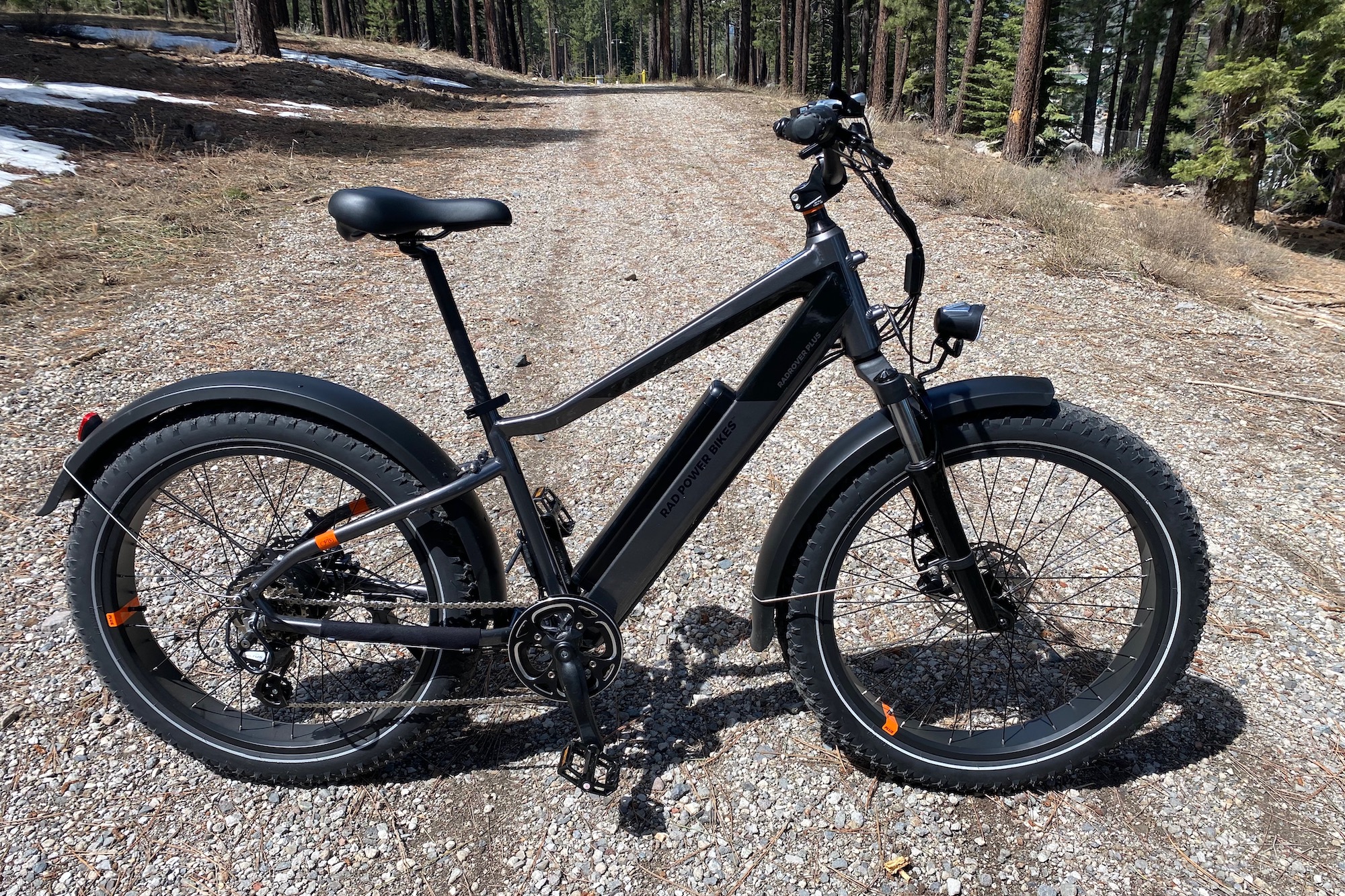
For many years, non-electric fat tire bikes were the only game in town. Mostly, they were used by serious cyclists who wanted to extend their riding into the winter months on snow or adventurous riders who wanted to tackle surfaces like sand and desert rambles. Riding over snow, sand, and soft conditions is still the primary purpose for most people who ride fat bikes.
Recently, with the explosion in popularity of electric bikes, many brands have begun producing electric fat tire bikes for recreational use and even for hunting. These are quite similar to non-electric fat bikes in that they have extra wide tires, but they also come equipped with batteries to power motors that provide pedal assistance.
While fat tire e-bikes can be used to ride on firm snow and beach sand, they generally seem best suited to riding gravel and dirt roads, smoother trails, and pavement. Because of their fatter, knobbier tires, they are far more suitable for off-pavement use than electric bikes with skinnier and smoother tires, and they are a great option for those who want to venture off-road or on mixed surfaces with some pedal assistance.
Not surprisingly, the addition of batteries, motors, and beefed-up frames and components means that electric fat tire bikes typically weigh much more than non-electric fat bikes. For comparison, most non-electric fat bikes weigh in the neighborhood of 30 pounds, while electric models like the Aventon Aventure.2 and the Rad Power RadRover 6 Plus weigh over 70 pounds.
Of course, with pedal assistance, the weight isn’t that big of a deal, but should you need to push or pedal the bike without assistance, it can be pretty tough. Likewise, loading the bike onto a bike rack can be pretty challenging.
Components and Groupset
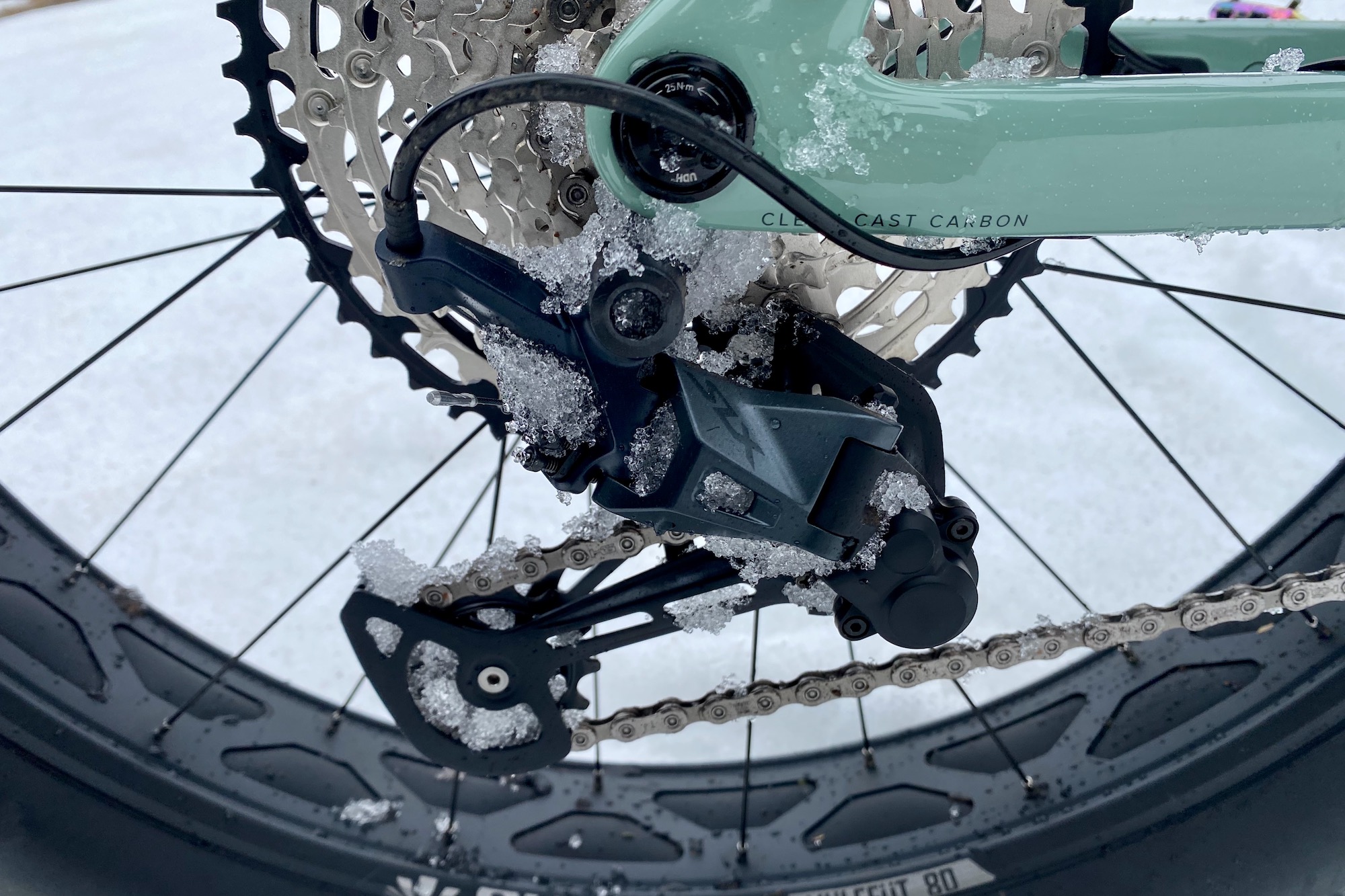
A bike’s groupset is the collection of parts that make up the drivetrain. The components within the groupset include the crankset, shifters, bottom bracket, front and rear derailleurs, cassette, brakes, and chain.
All complete fat bikes come with a groupset that’s been pieced together by the manufacturer. Many bikes can be customized upon purchase, so don’t be dissuaded if the stock setup isn’t on par with your personal wants and needs.
Bicycle gears work much like a car’s — except your body is the motor. Fat bike gears are used to efficiently cover a range of gradients, speeds, and terrain types. Lower (easier) gears will turn your rear wheels less per crank than higher (harder) gears. Fat biking often involves both crawling up hills and speeding down singletrack, so it’s important to select a groupset with a gearing range that meets your needs.
Just because a bike has lots of gears doesn’t mean it has a bigger or better gear range. Most fat bikes have a single chainring and a 10-, 11-, or 12-speed cassette for a total of 10 to 12 gears that work well across a broad range. Single-ring drivetrains are relatively easy to use and simple to maintain, as they do not require a front derailleur.
If you’re new to fat biking, we generally suggest you find a good-quality fat bike and start off with the stock components. You can always make changes and upgrade certain parts as you develop preferences over time.
Seatposts
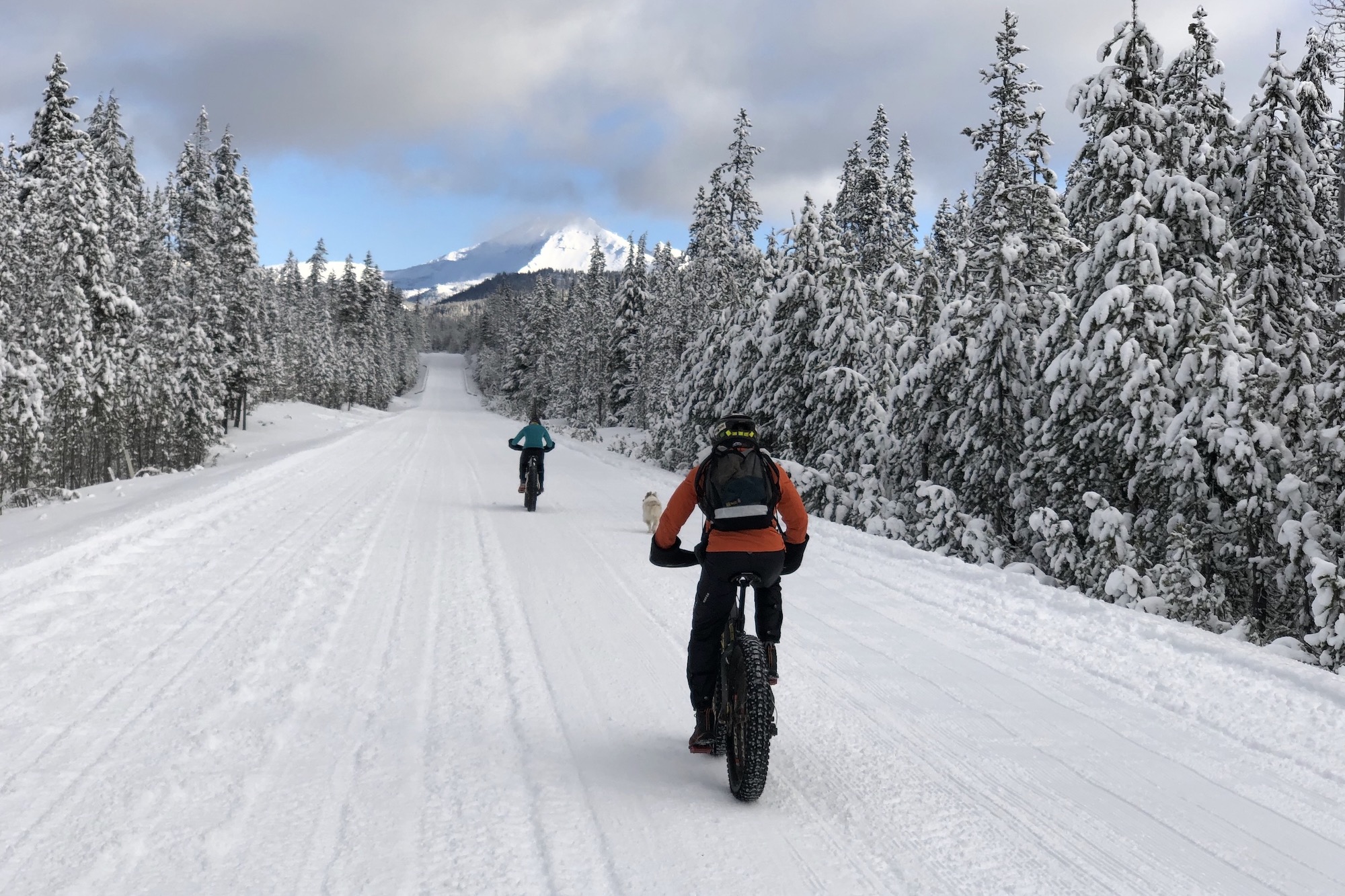
For beginner fat bike riders, a seat post’s only job is to support your saddle and keep your body in a comfortable and efficient position. As your riding progresses, however, you may want to consider upgrading your standard seat post to a dropper post.
A dropper post allows for mid-ride seat height adjustments. The ability to change your seat height on the fly can be especially helpful when riding on terrain with lots of gradient variation.
With the push of a lever, a dropper post allows you to alter your body position in response to the terrain ahead. Dropper posts have come down slightly in price in recent years and are an excellent upgrade, especially for mountain bikers who are used to using them already.
Q-Factor
A big difference between fat bikes and mountain bikes is the Q-factor. That’s the distance between the outer surfaces of the crank arms, which determines how far apart your pedals and your feet are when you ride. Given the need to accommodate wider tires in the frame of fat bikes, the cranks often need to be spaced wider to clear the chainstays of the bike, resulting in a wider Q-factor.
If you regularly ride normal mountain or road bikes, then you’re likely accustomed to a narrower Q-factor. Getting on a fat bike can be a noticeable difference with a much wider stance, but most people adapt to it pretty quickly.
Some fat bike models, like the Otso Voytek and the Salsa HeyDay!, have comparatively narrow Q-factors that have a more “normal” feel than most other fat bikes. If you’ve had knee pain or a knee injury, a bike with a narrower Q-factor might feel better, especially if you plan to do longer rides.
Bikepacking
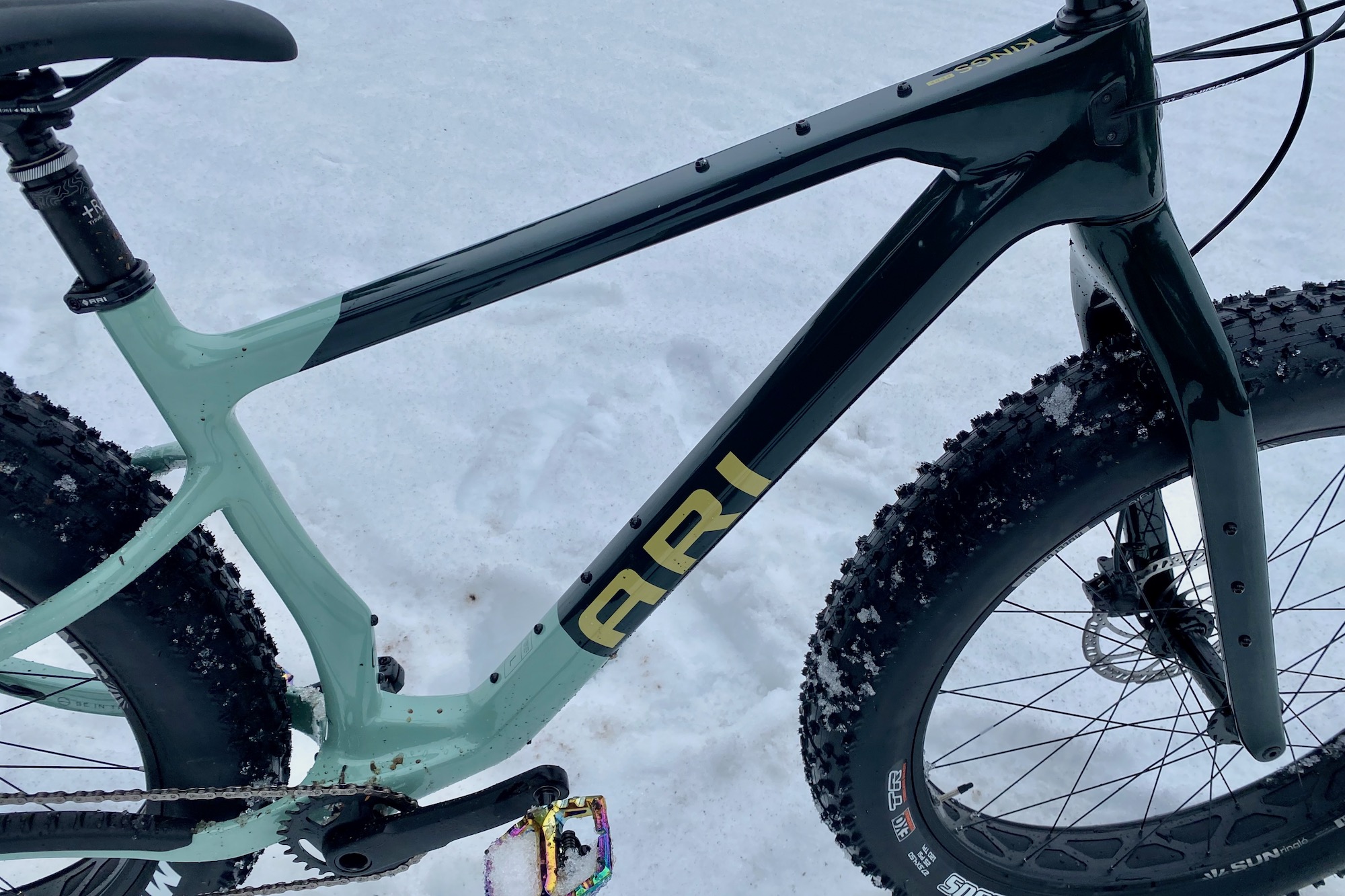
Thanks to their go-everywhere capabilities, fat bikes have become very popular for bikepacking, especially for those trips into adventurous off-road terrain like the desert. If you plan to use your fat bike as a mobile base camp on multiday trips, be sure to look at models that are compatible with accessories, saddlebags, and other crucial bikepacking components.
These days, there are a lot of options for bikepacking bags, including frame, saddle, handlebar, and fork-mounted, so you can load up your rig and head off the grid.
Price & Value
High-quality fat bikes with plentiful features are a joy to own and ride. As you’re considering which bike to buy, it’s important to realize there is a relationship between price, quality, and performance. Though top-end models will come with an initial hit to the pocketbook, a more expensive bike will typically have longer-lasting and higher-performing parts.
You may be able to upgrade to a more affordable bike down the line, but it may end up costing you more than it would have if you had invested initially. With that said, we’ve included fat bikes on this list that should fit into a wide range of budgets.
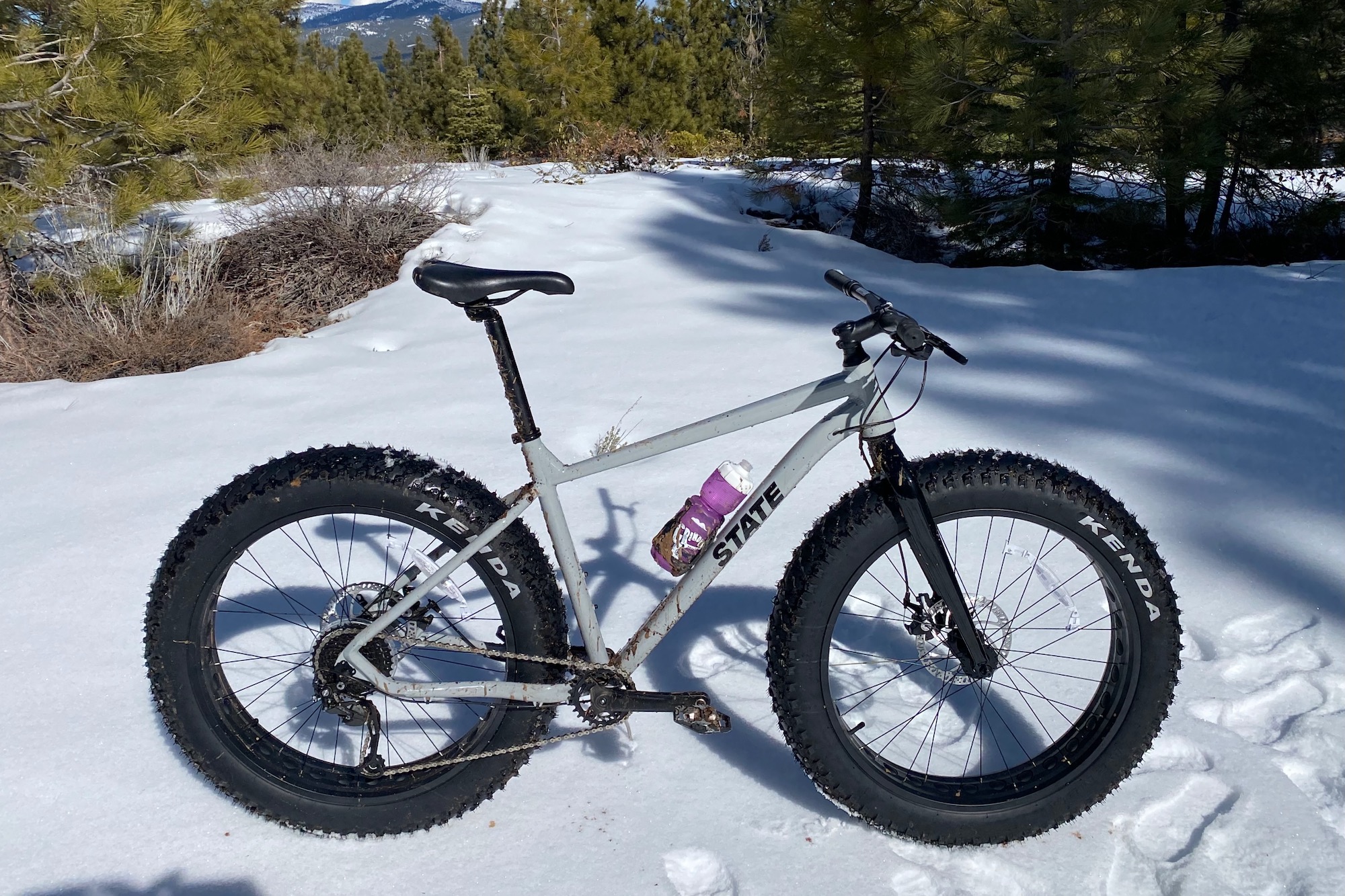
Budget
Non-electric fat bikes are fairly simple things. On the budget end of the spectrum, they are made from rigid aluminum frames, and they come with lower-end components that help keep the price down. This perfectly describes the State 6061 Trail+ Fat Bike ($1,000), and the Kona Wo, which both still get the job done on the mellower terrain and lower speeds they were designed for.
For electric fat tire bikes, the price goes up a bit, but you can find budget-friendly models for under $2,000. These bikes have rear hub motors that work well enough but keep the price down compared to mid-drive systems.
The Rad Power RadRover 6 Plus ($1,599) and the Aventon Aventure.2 ($1,999) are both popular electric fat tire bikes that can handle a wide range of surfaces, including gravel, soft dirt, sand, and even hard-packed snow.
Mid-Tier
As we go up the price ladder, we see brands using more expensive materials like carbon fiber and equipping complete bikes with higher-quality and more reliable components. A bike like the Ari King’s Peak comes with a sleek and lightweight carbon frame and is offered in two complete build options with varying prices.
The Comp build goes for $2,499, while the Elite build will set you back $2,999. Both are great for the price. It really just comes down to personal preference.
Similarly, the versatile Otso Voytek has a carbon frame that drives the price up, with complete builds starting at $3,195. Otso’s online configurator then gives you the option to cherry-pick your preferred parts to customize the build. We think it’s worth paying a bit more upfront to end up with exactly what you want.
Premium
These days, the sky’s the limit in terms of price for any kind of bike. You can create a fully custom build from the frame up with all the fanciest carbon bits and top-of-the-line components. If you’ve got the money to spare, you can really go nuts. We don’t have any truly high-end non-electric fat bikes on our list, but we do highlight a very expensive electric fat tire bike for hunting.
The QuietKat Apex XD is a premium off-road electric bike made to be a rugged and reliable transport for hunters heading out into the field. The primary drivers of its $6,350 starting price are the robust fame build, front suspension, large battery, electronics, super powerful mid-drive motor, and internal drivetrain setup.
You can even tack on an extra $650 to double your battery storage and range if that’s what you need. Even then, the Apex HD is less expensive than most gas-powered forms of transportation that many hunters use.
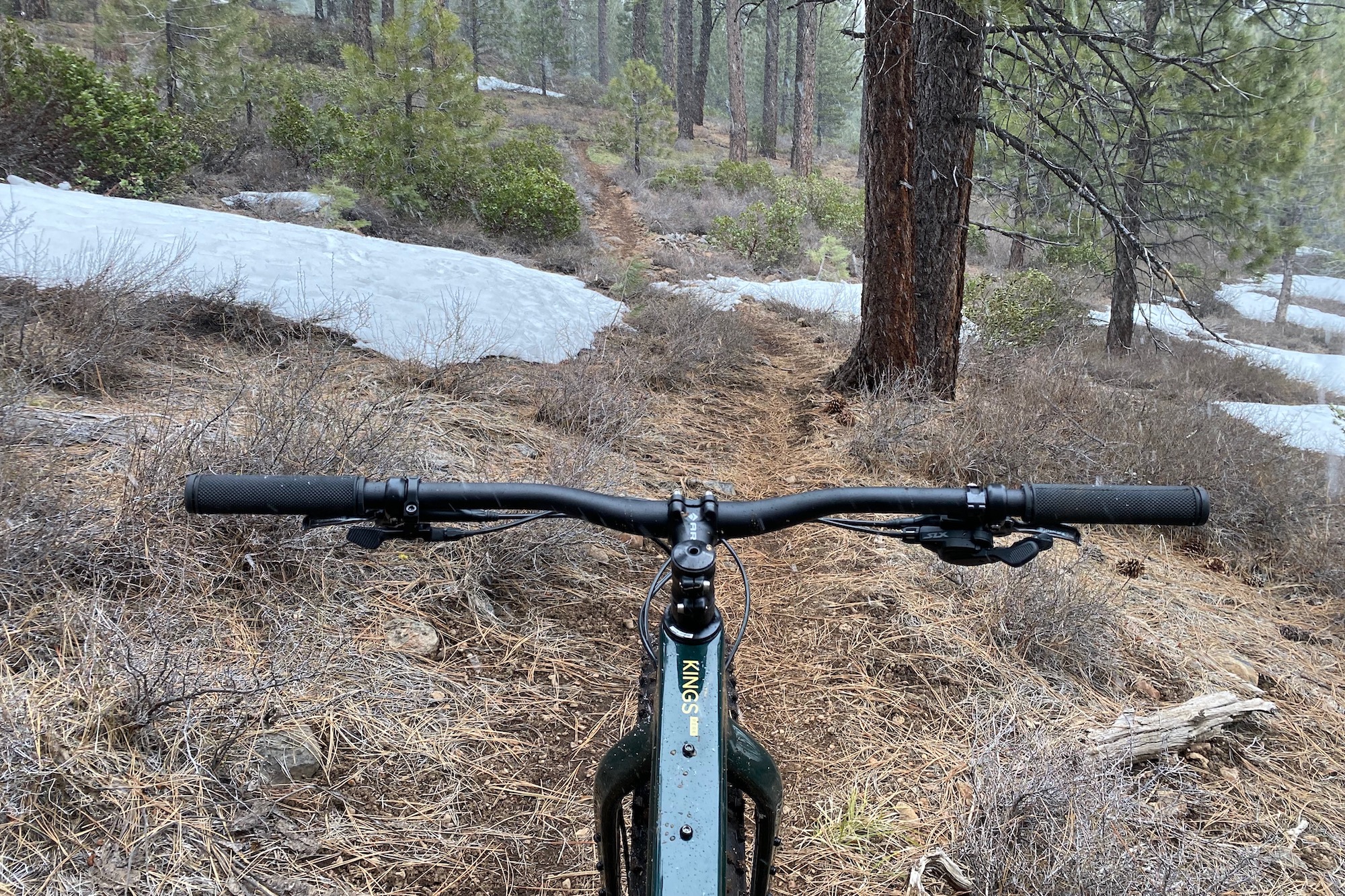
Frequently Asked Questions
For many riders, fat tires that run at low tire pressure eliminate the need for extra suspension. If you plan to ride in arctic temperatures, keeping your bike as simple as possible may enhance your riding experience. Fat bike-specific suspension forks are designed to work in cold temps.
If you plan to ride your fat bike on rougher terrain or singletrack trails, a suspension fork will make your bike feel smoother and more capable and will be easier on your arms, shoulders, and back. A suspension fork can typically be added aftermarket to most fat bikes.
If you’re riding in technical terrain, you might also consider buying a fat bike with a dropper post or adding a dropper to your new or existing fat bike. A dropper lowers your saddle and lets you move the bike underneath you when the riding gets steep or spicy. It also lets you change your position in any terrain.
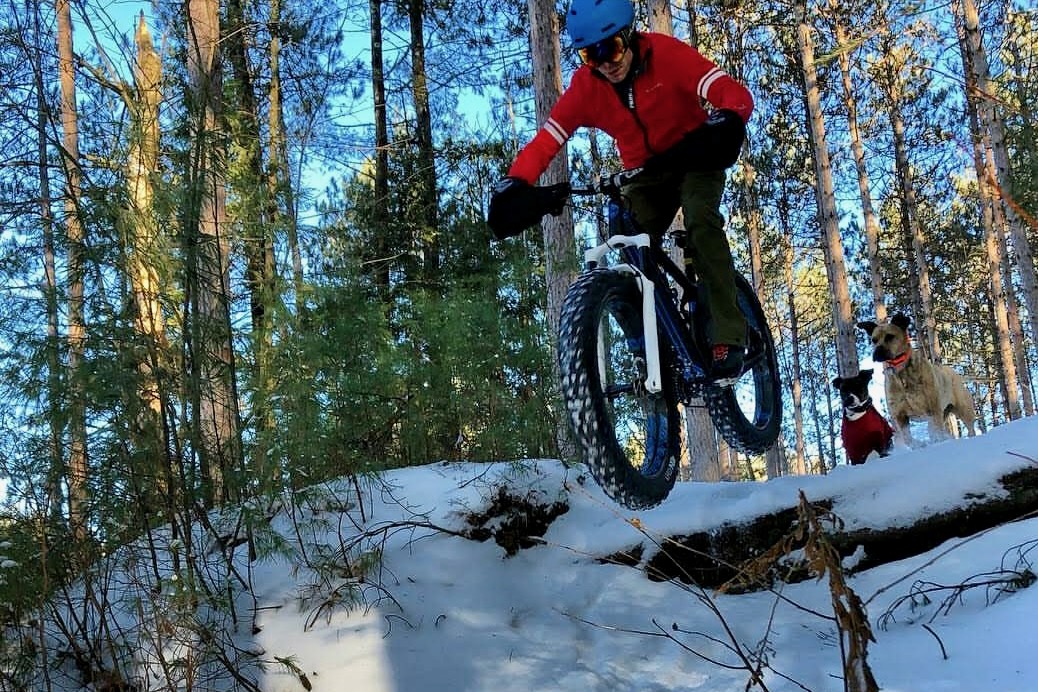
The tires you need will depend on the conditions that you’re planning to ride in. The wider the tires, the more float you’ll have on snow or sand. But wider tires are heavier and have more resistance, called drag. Not all bikes can take the widest tires. If you want max float, make sure to buy a bike that can handle wide tires.
If you’re going to bike in icy conditions, studded tires make a ton of sense. Some tires come studded, and you can stud some non-studded tires yourself. If your bike doesn’t come with studded or studdable tires, you’ll need to replace them if you want ice-gripping studs.
For snow and sand riding, running your fat bike tires at absurdly low pressures — we opt for around 5-8 psi — will give you maximum traction and control. But running such low pressure can make a tube inside your bike tire vulnerable if you hit a rock or sharp root as you’re cruising along.
For technical riding, we like to set our tires up tubeless with sealant inside instead of a tube. Ask your bike shop if your tires are tubeless-compatible. To convert tires, you’ll need a fat bike-specific rim strip, valve, sealant for each wheel, and a tubeless-compatible tire.
Both clipless pedals and flat pedals have advantages and disadvantages. Clipless pedals can be more efficient, but if you’re riding in soft conditions like sand and snow, they can get clogged and be hard to clip in. In very cold conditions, the metal cleat on the sole of your shoe can conduct cold to your feet and often get frozen up with snow and ice.
With flat pedals, you can wear standard footwear, including well-insulated winter boots instead of clipless-compatible shoes. While they’re not quite as efficient, they also allow for quick dismounts, which can be key for slippery conditions.
Fat biking, especially in the winter, can require specialized gear to stay warm and make it more enjoyable. This guide to the fat bike basics provides some helpful tips if you’re looking to get started.
Buy a pump with an accurate gauge at very low pressures. For winter riding and sand riding, experiment with tire pressure to see what gives you the best grip and control.
That number will change if you add weight to your bike on a tour, for example. A good pump, or a pump plus a tire-pressure guage, will help you determine the proper tire pressure for various riding conditions.
You also need a good helmet and some winter-ready layers.
Though mountain bikes and fat tire bikes can be used for similar kinds of riding, they have several major differences. First, fat bikes have much wider and higher-volume tires. Whereas modern mountain bikes get their suspension from forks and shocks, fat bikes generally rely on their cushy wheels for a smooth ride.
Another key difference between fat bikes and mountain bikes is the Q-factor, which is the distance between the outer surfaces of the crank arms. This determines how far apart your pedals and your feet are when you ride. Fat bikes almost always have a wider Q-factor, resulting in a wider stance on the bike.
If you’ve had a knee injury or pain, look for a bike with a narrower Q-factor to provide some relief. A narrower Q-factor can be especially helpful if you plan to embark on longer rides, as it tends to be more comfortable for extended periods of pedaling.
Related Content
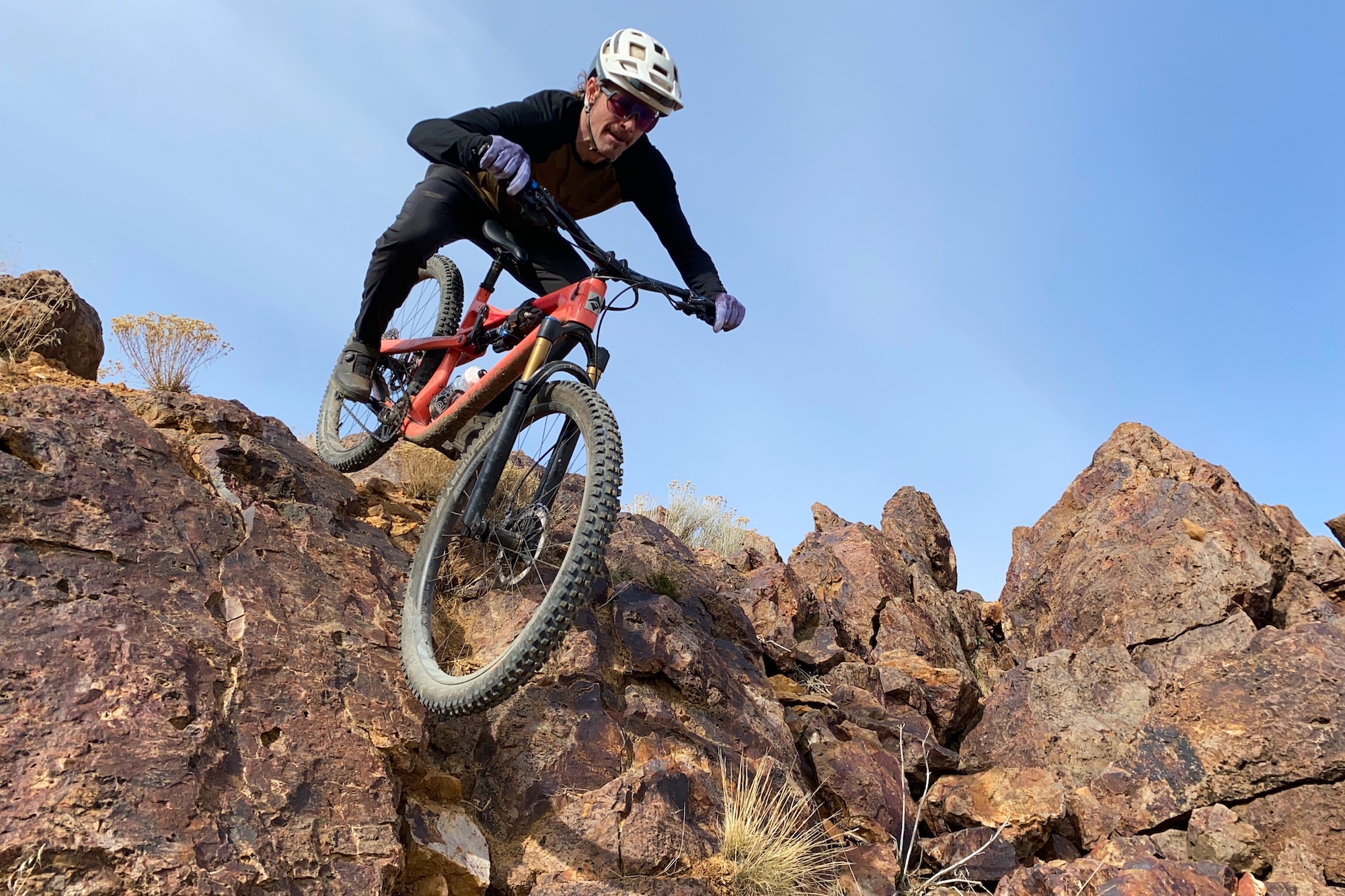
The Best Mountain Bike Helmets of 2025
We tested the top models from Giro, Specialized, POC, Smith, and more to help you find the best mountain bike helmet for your next ride.

The Best Bike Pumps of 2025
We tested 16 models from top brands like ToPeak, Blackburn, Silca, Bontrager, and more to find the best bike pumps.

